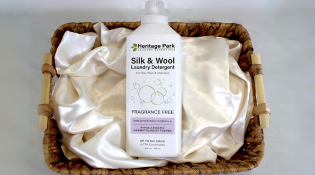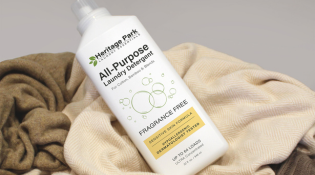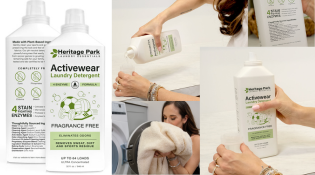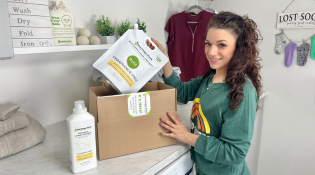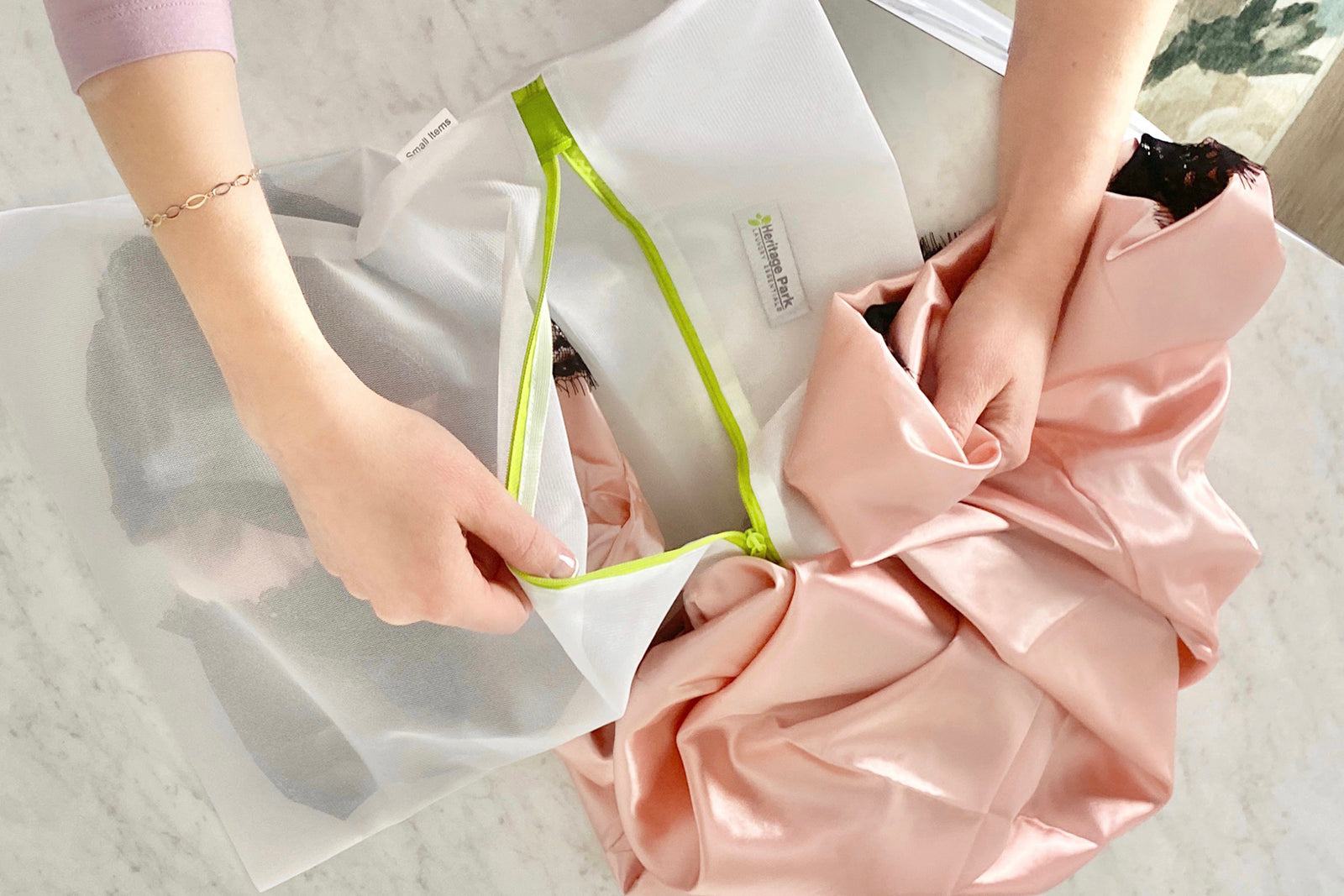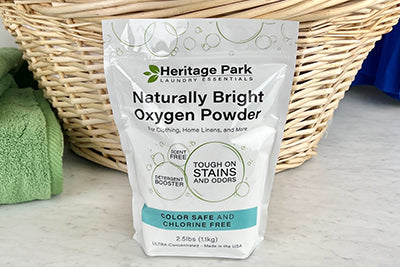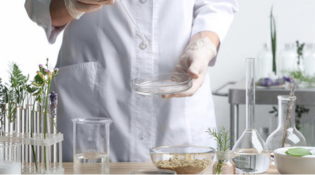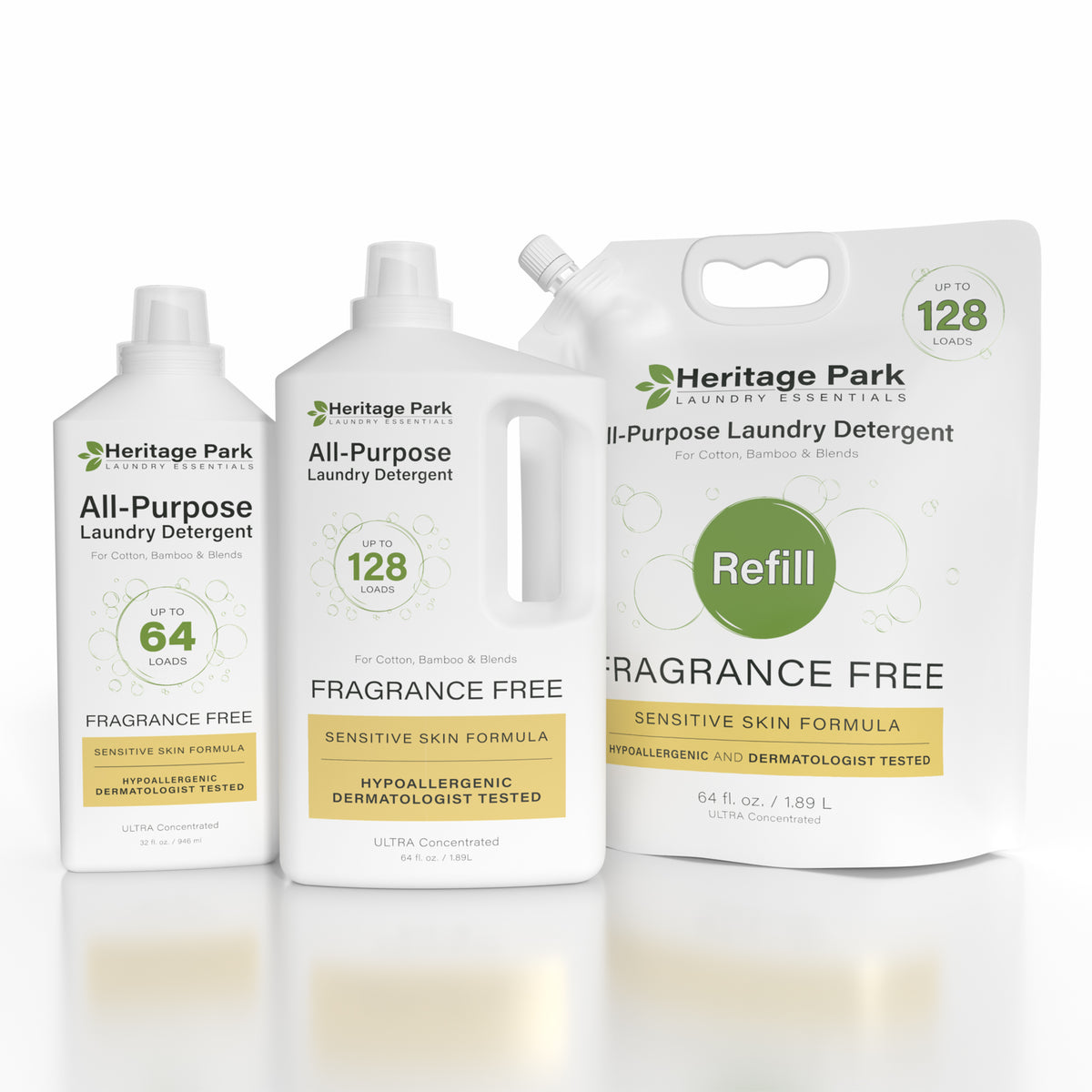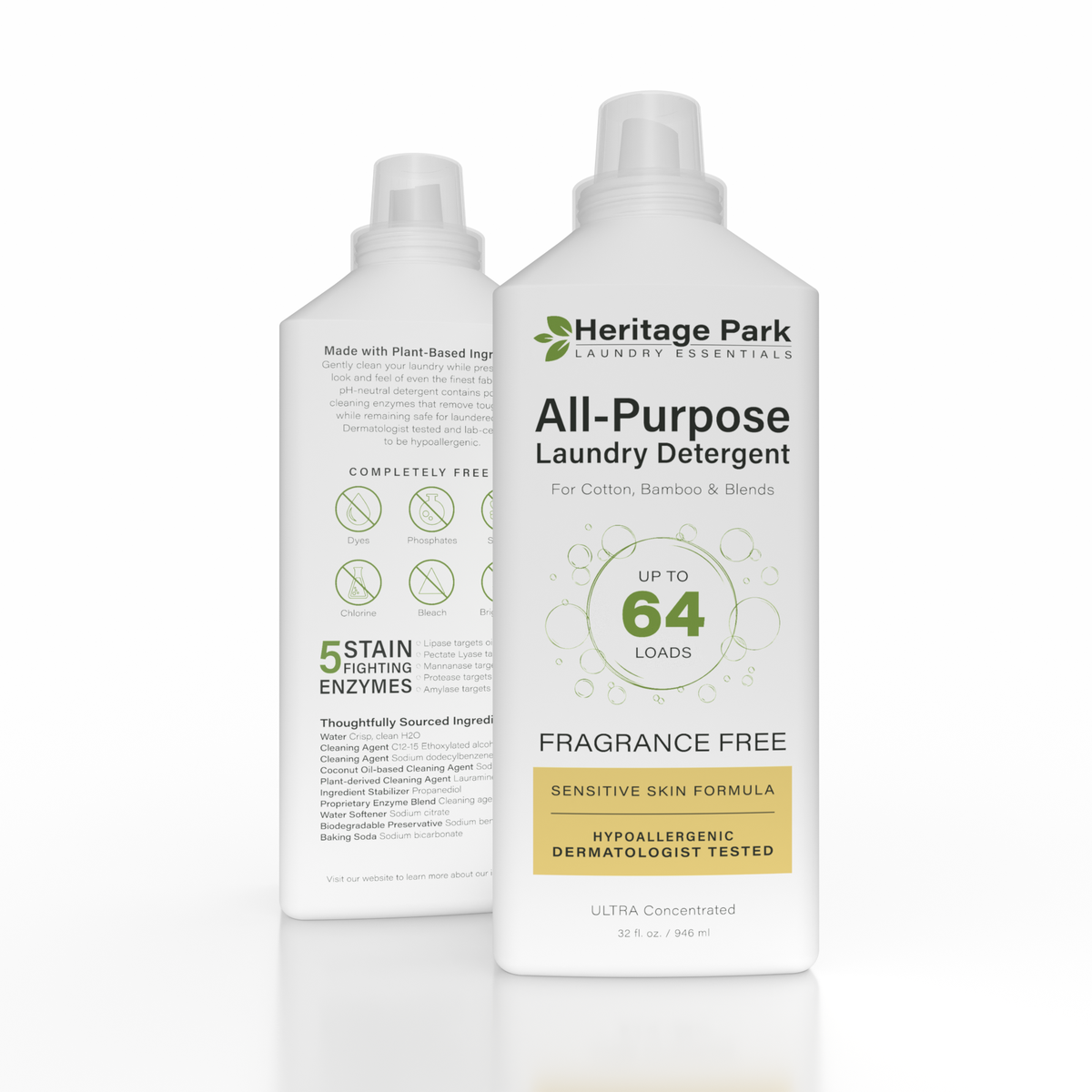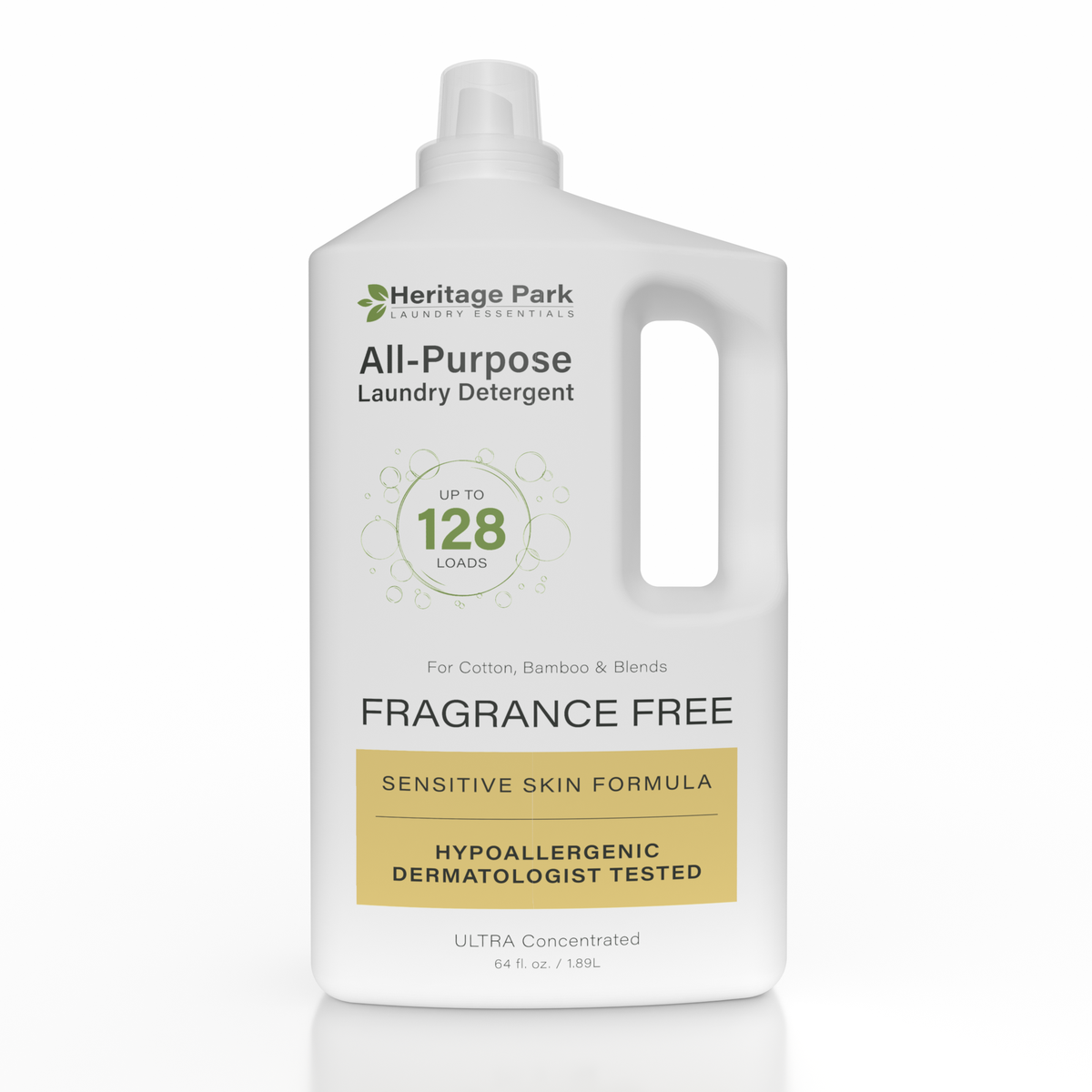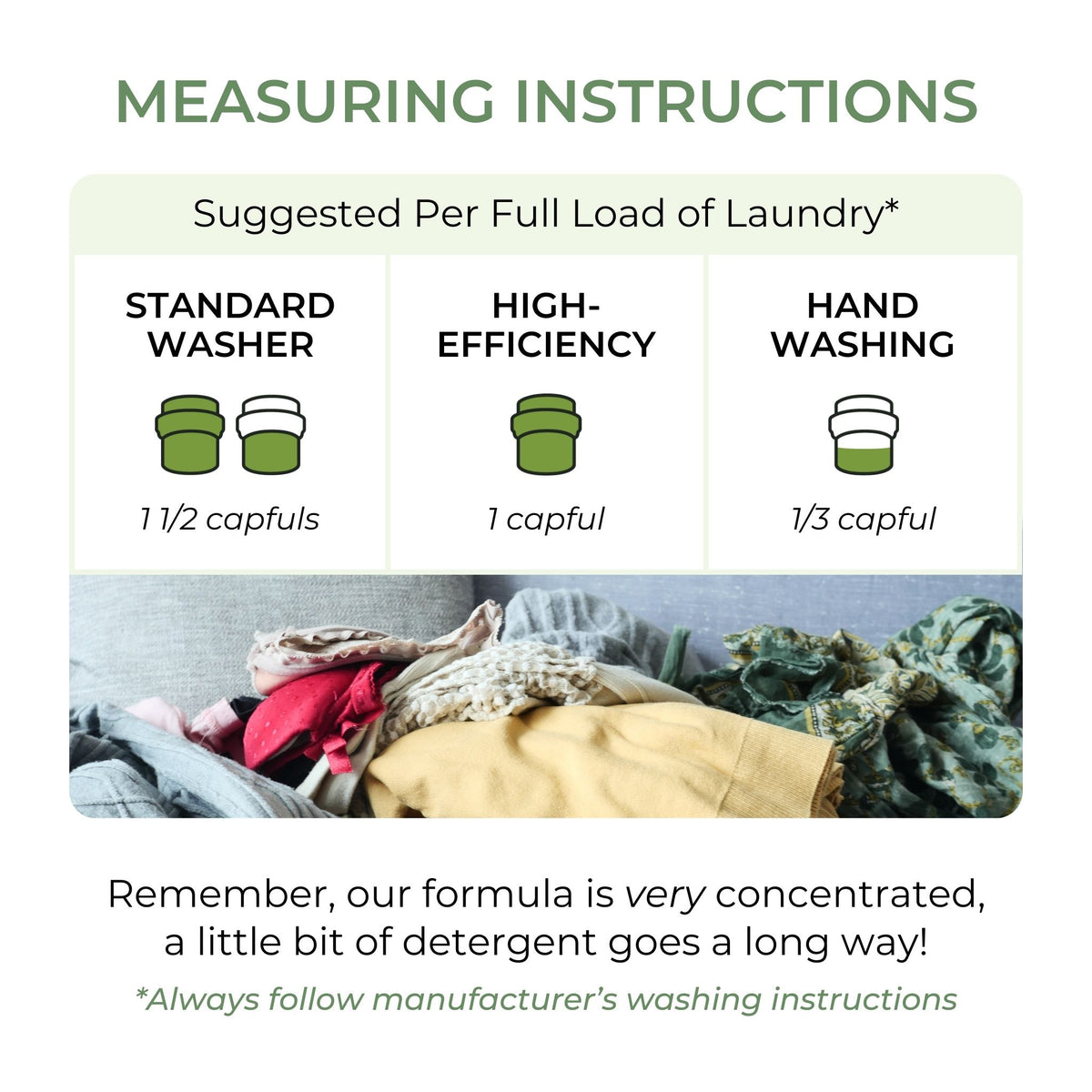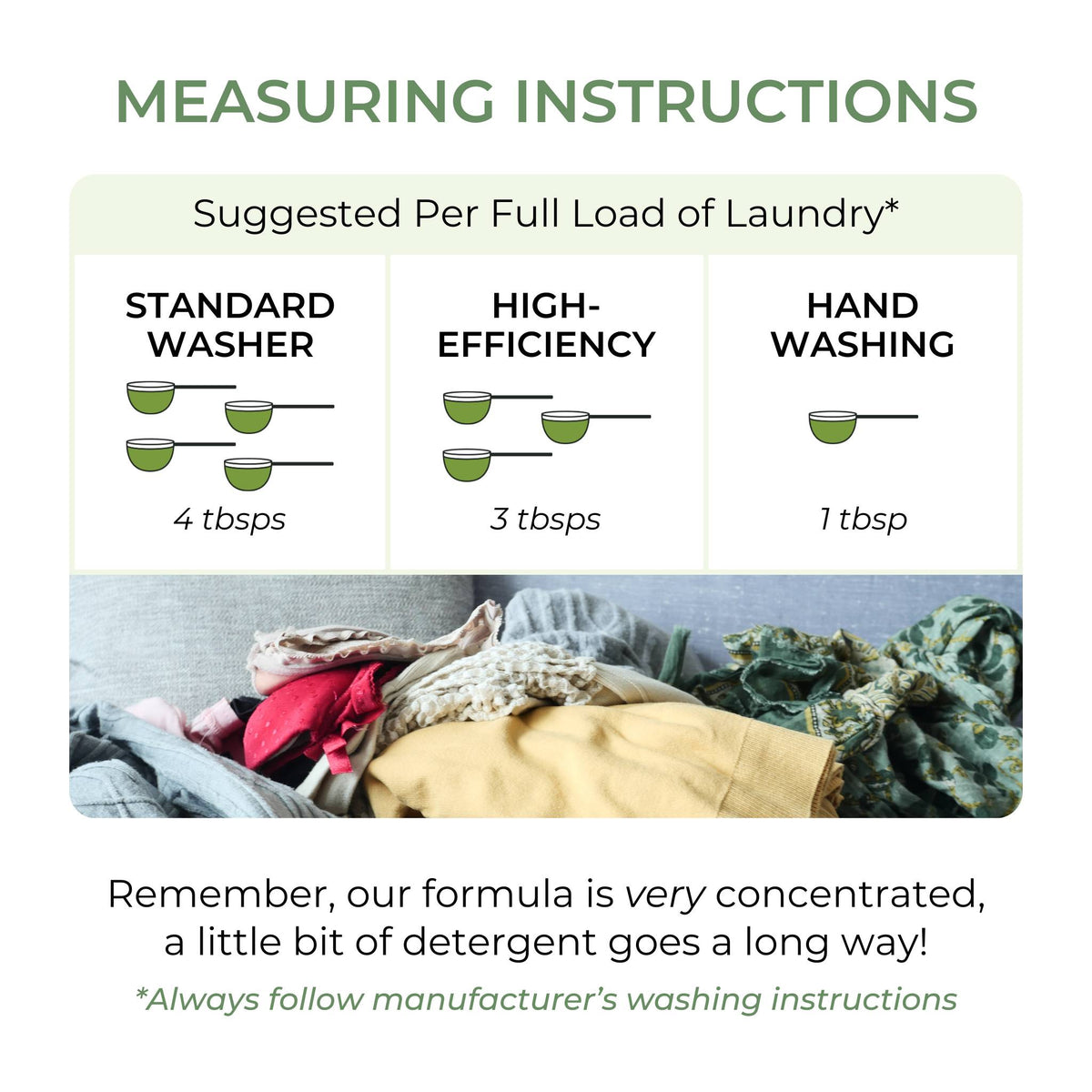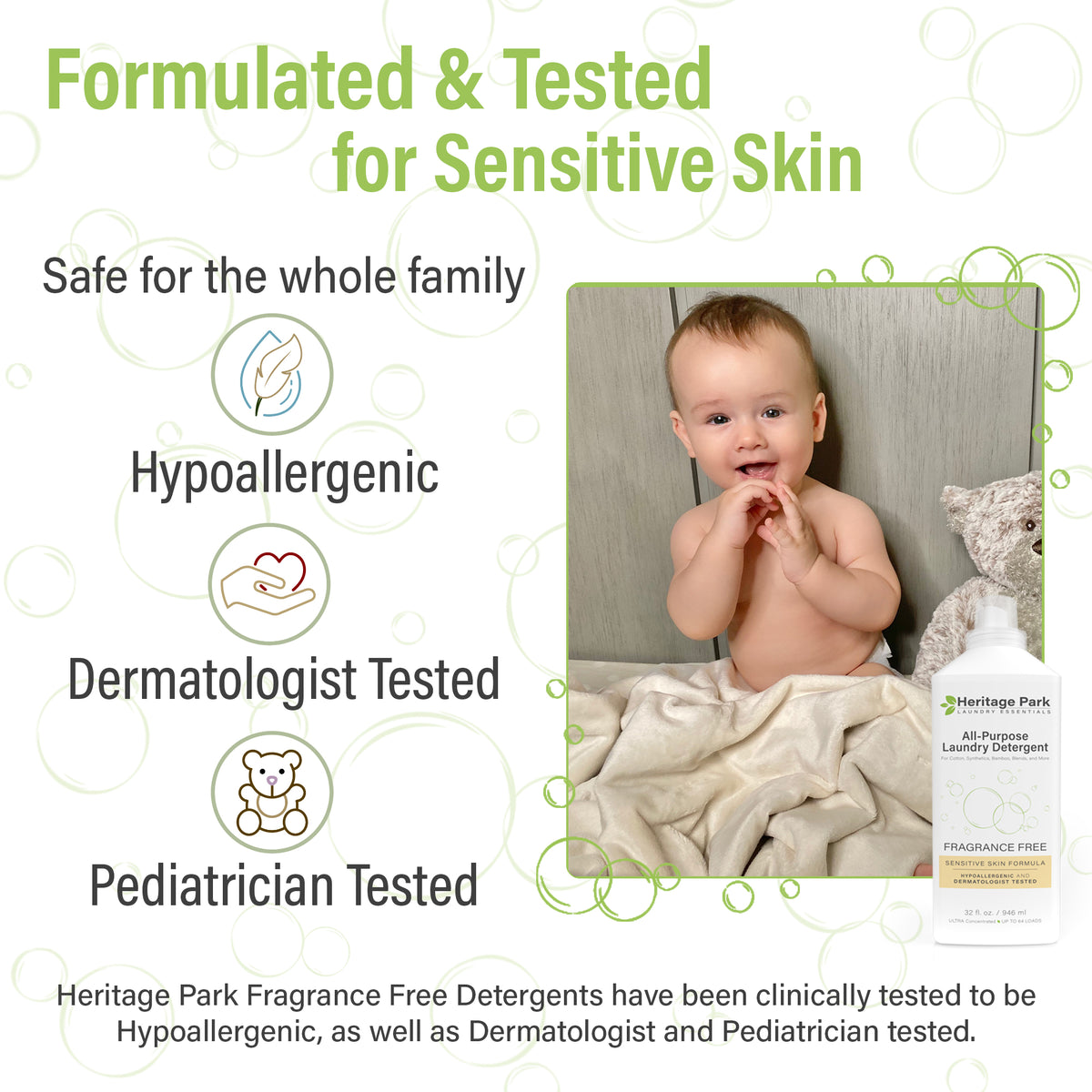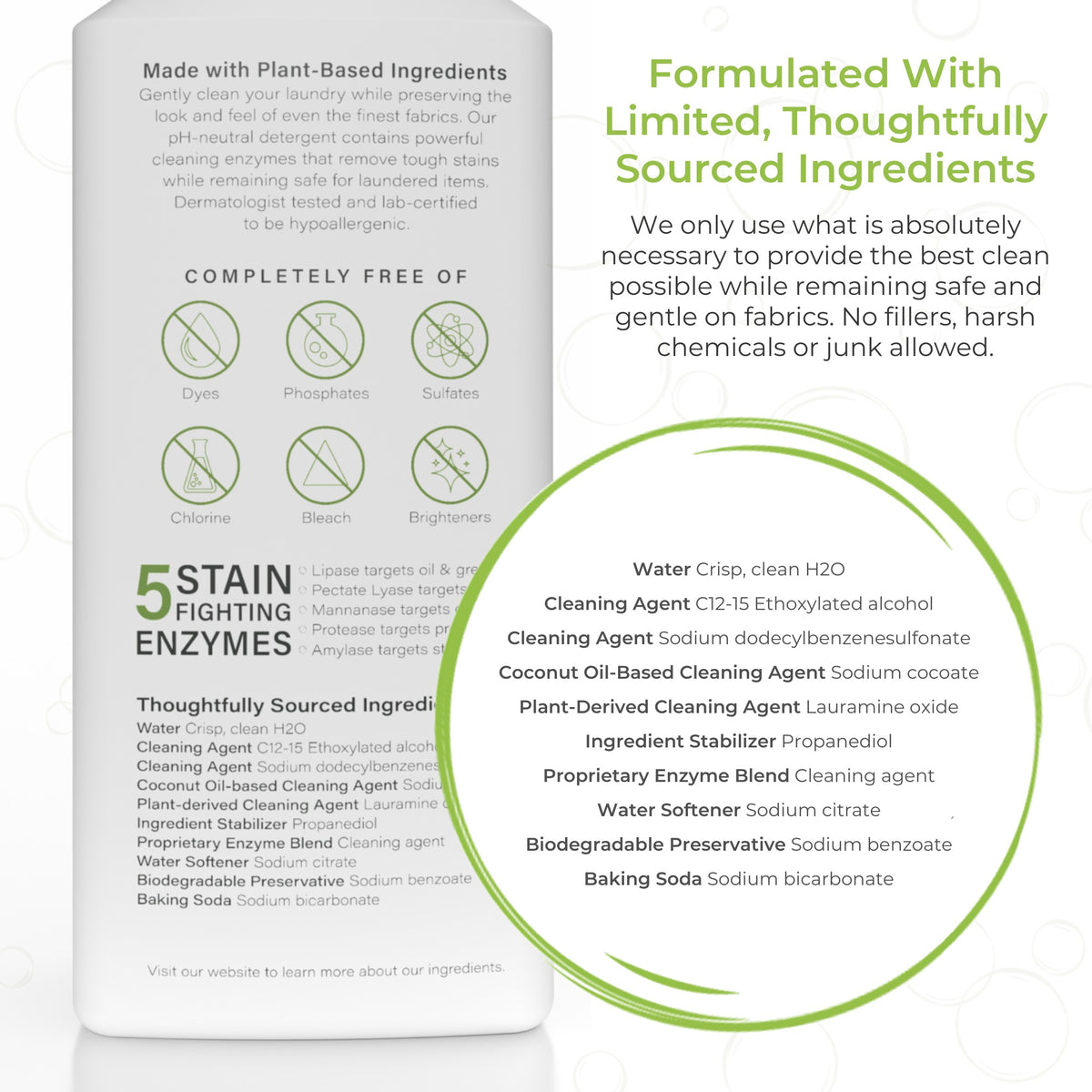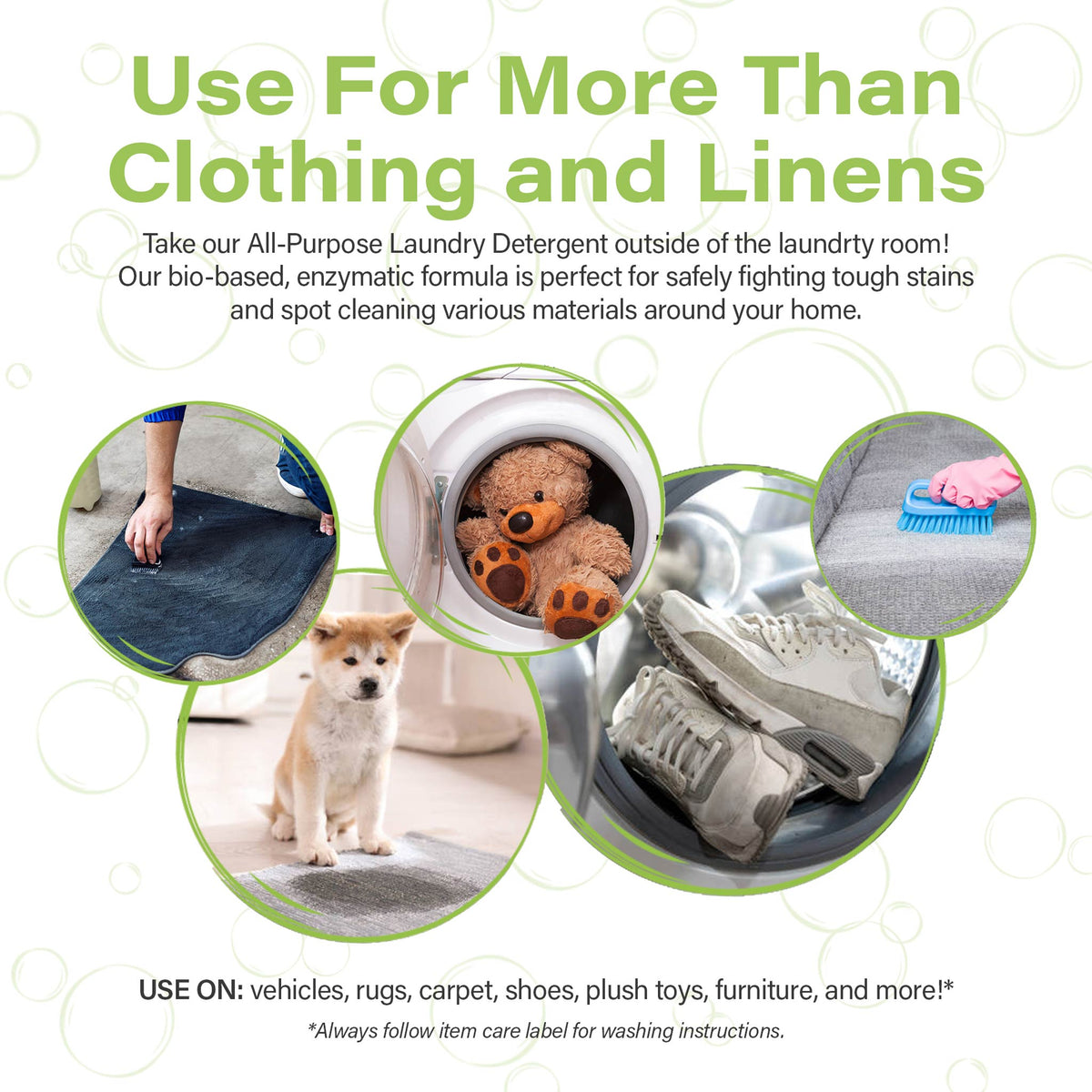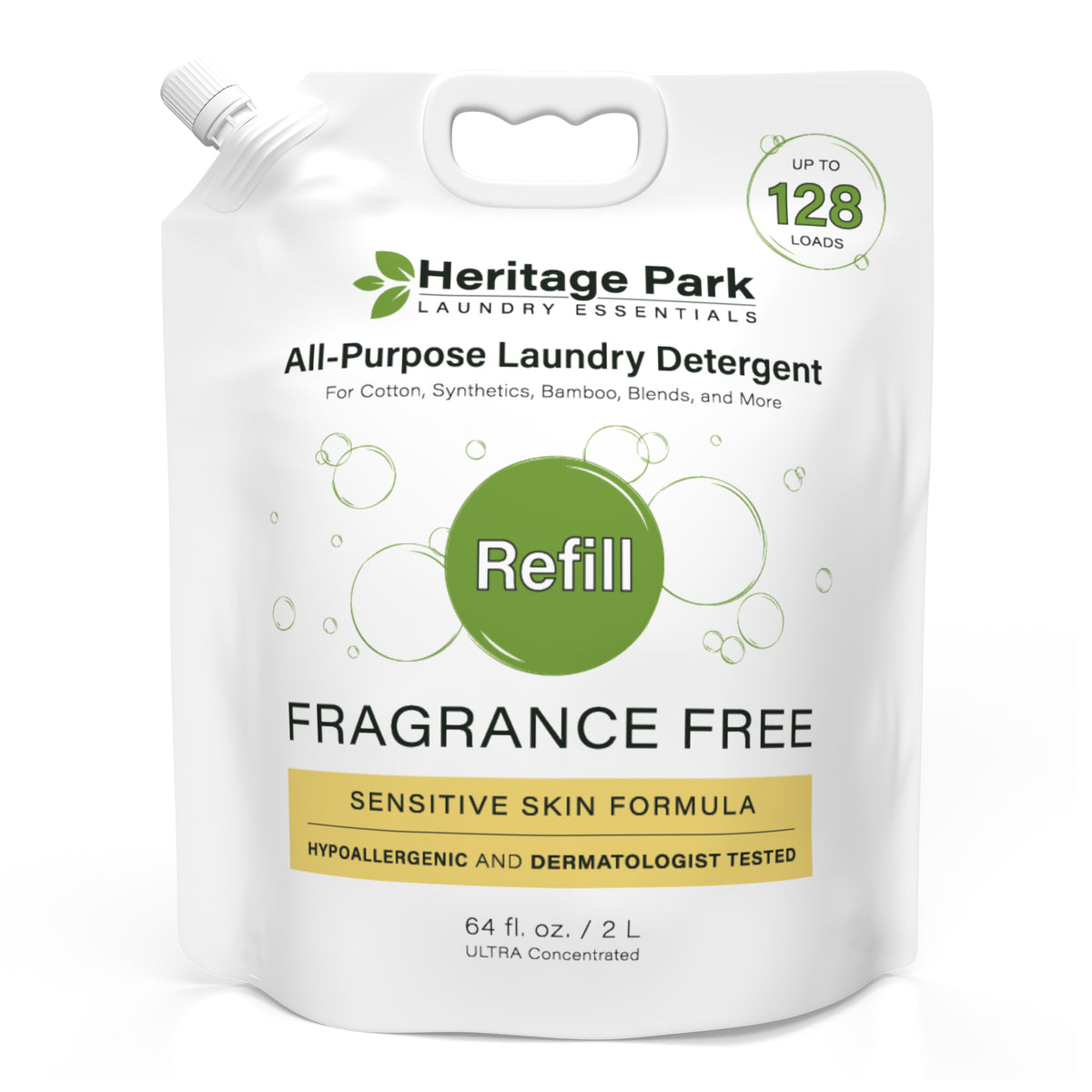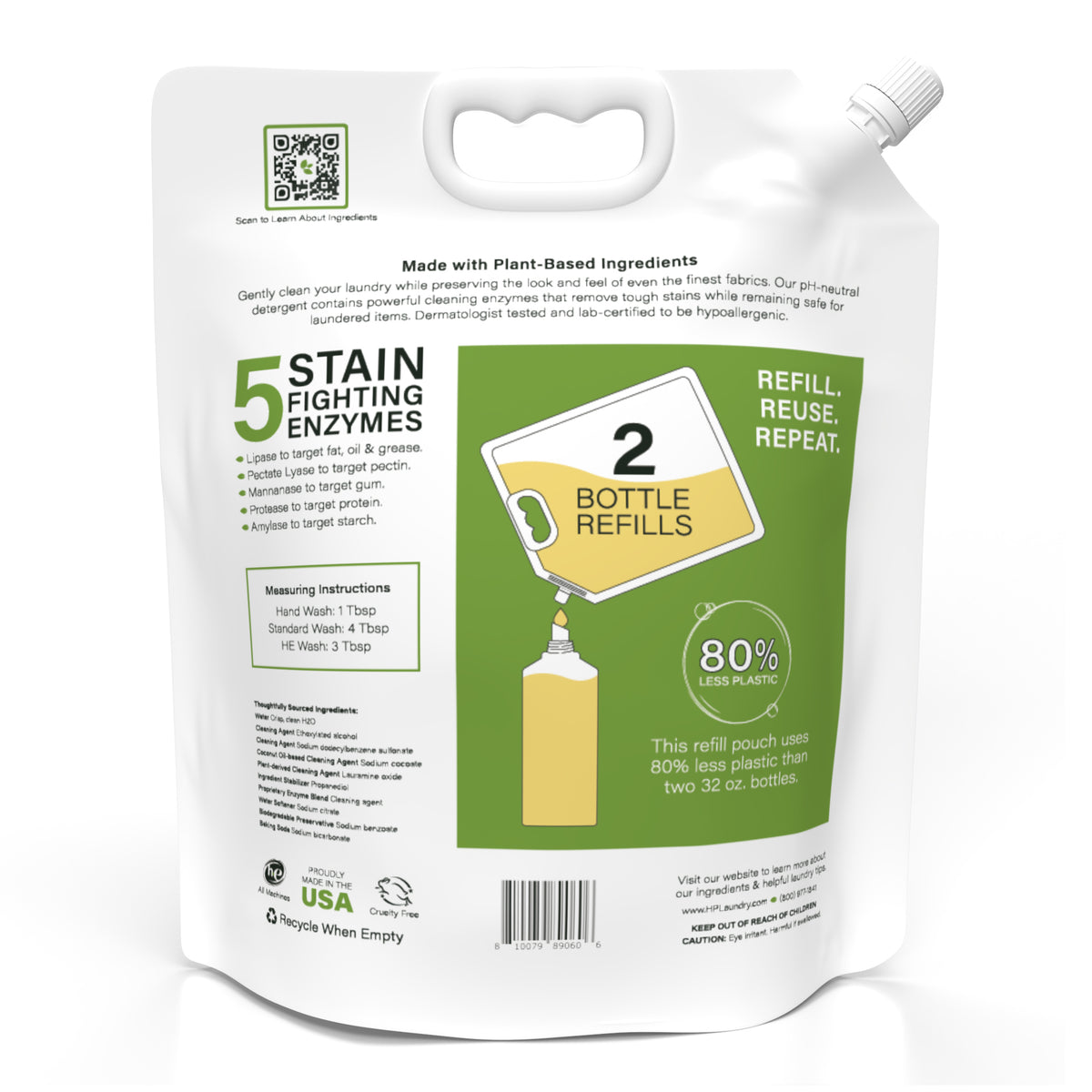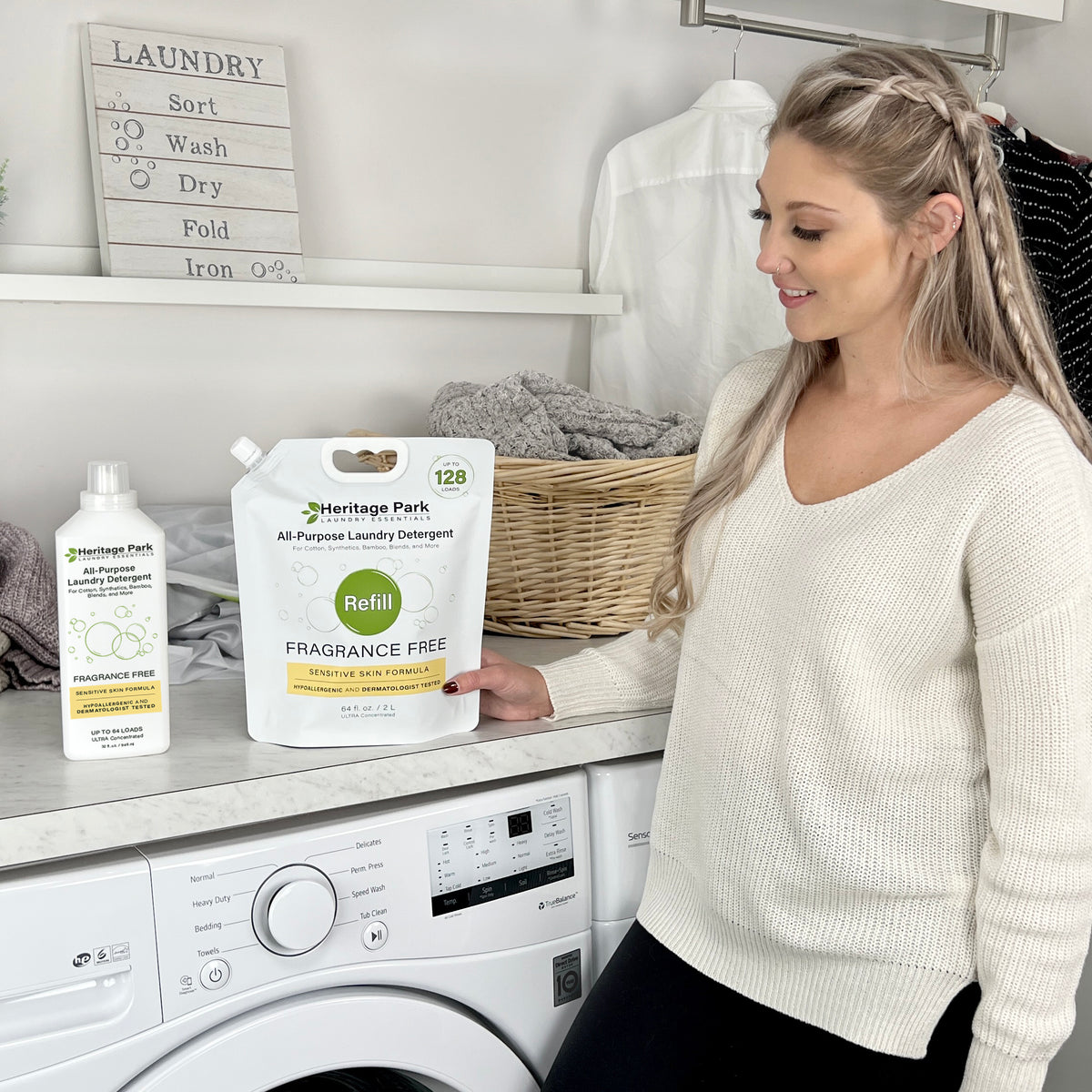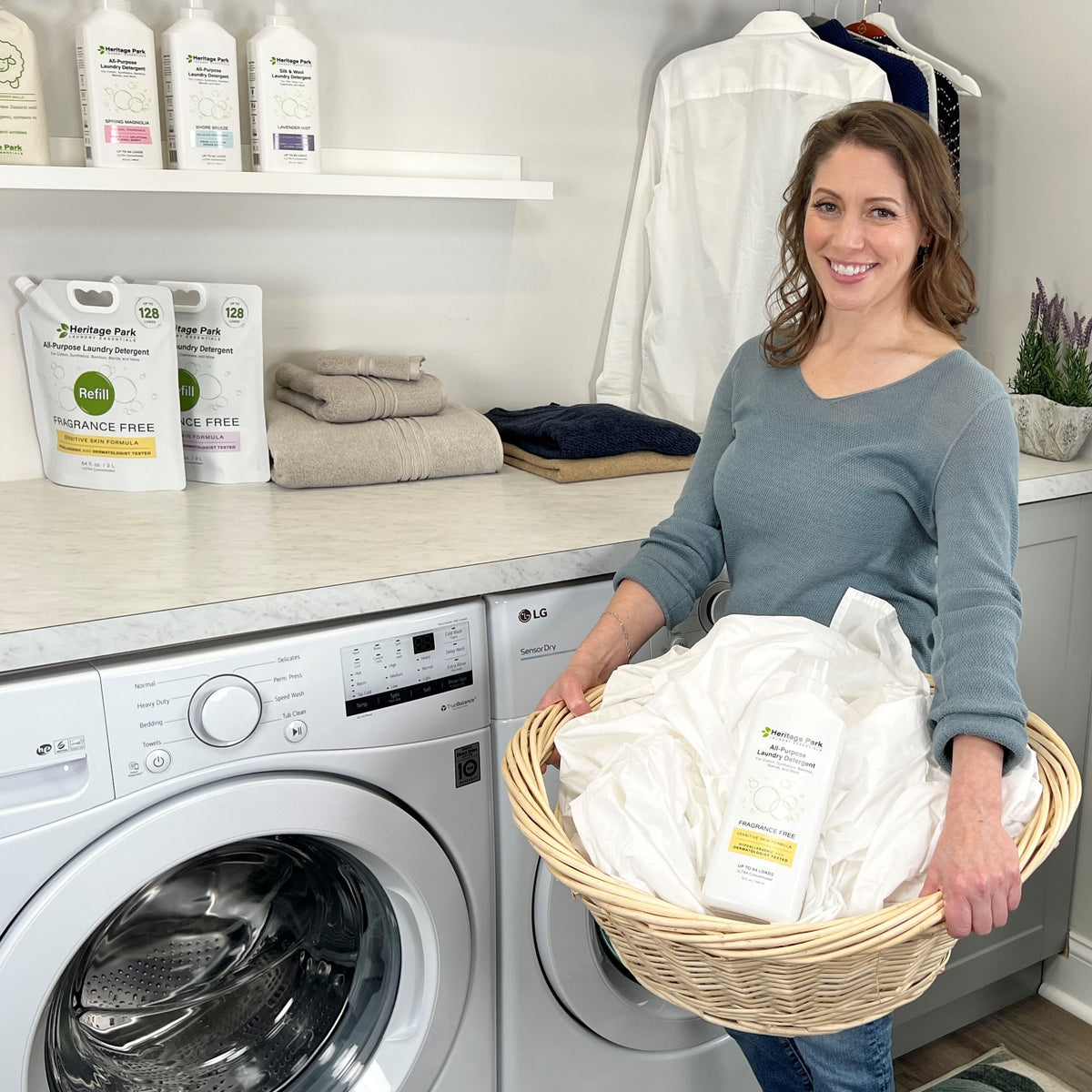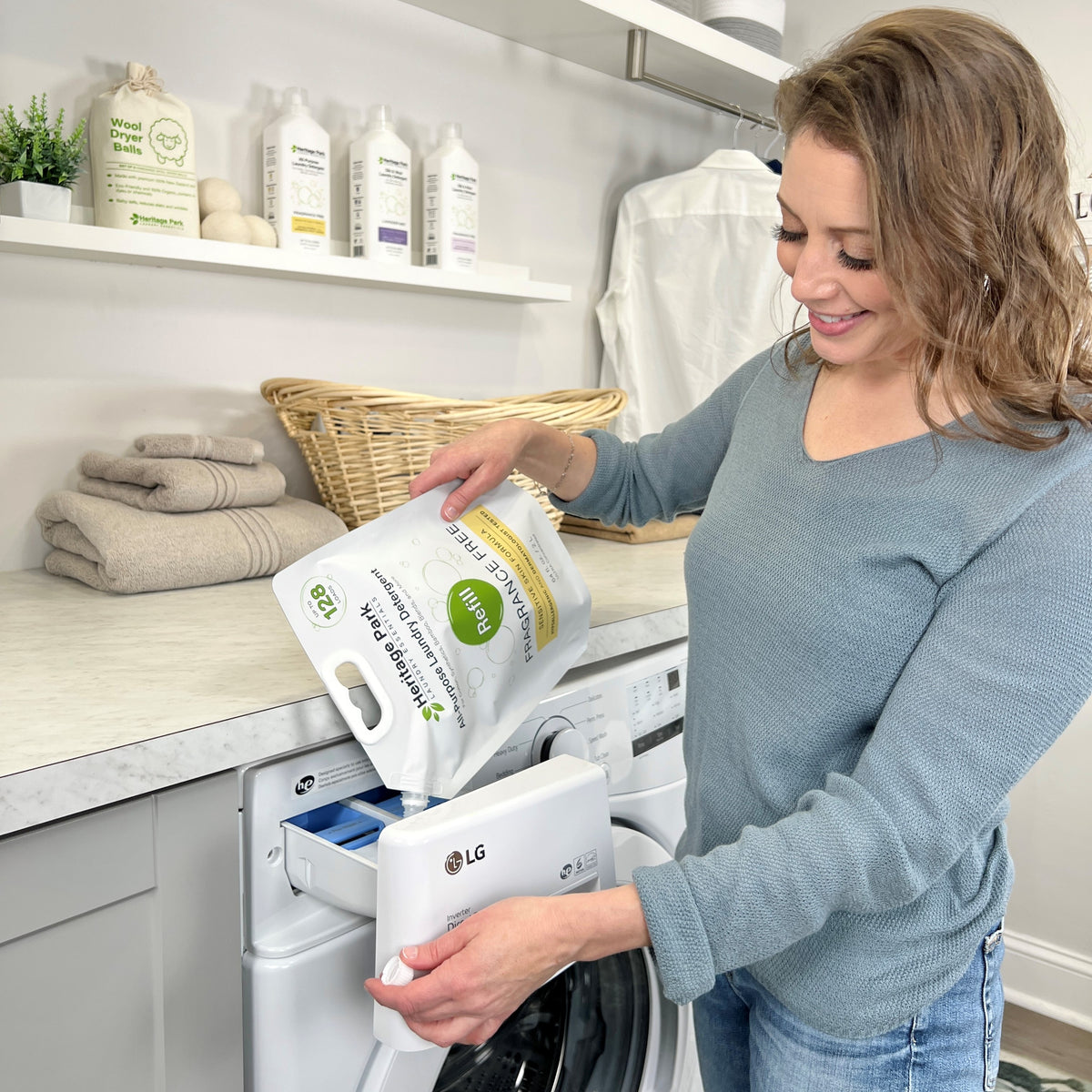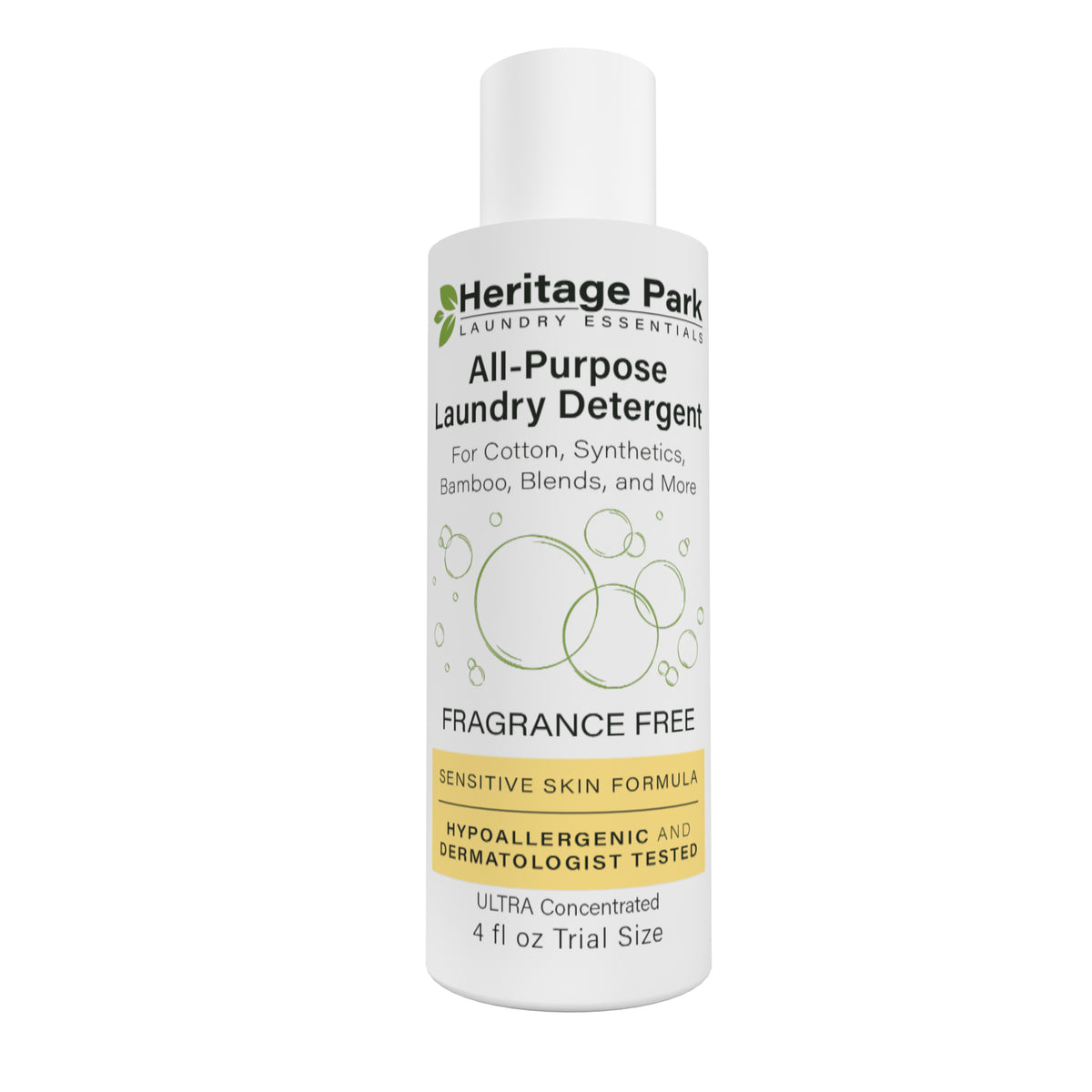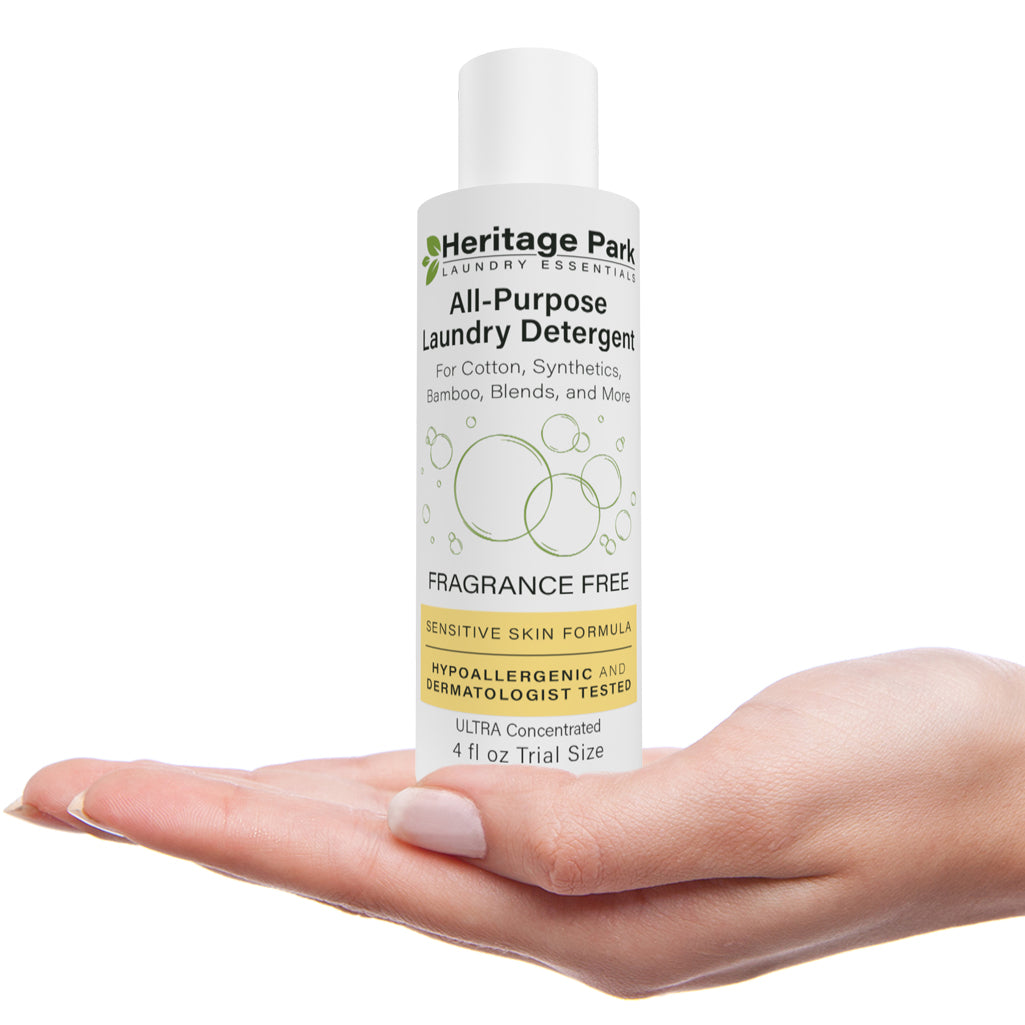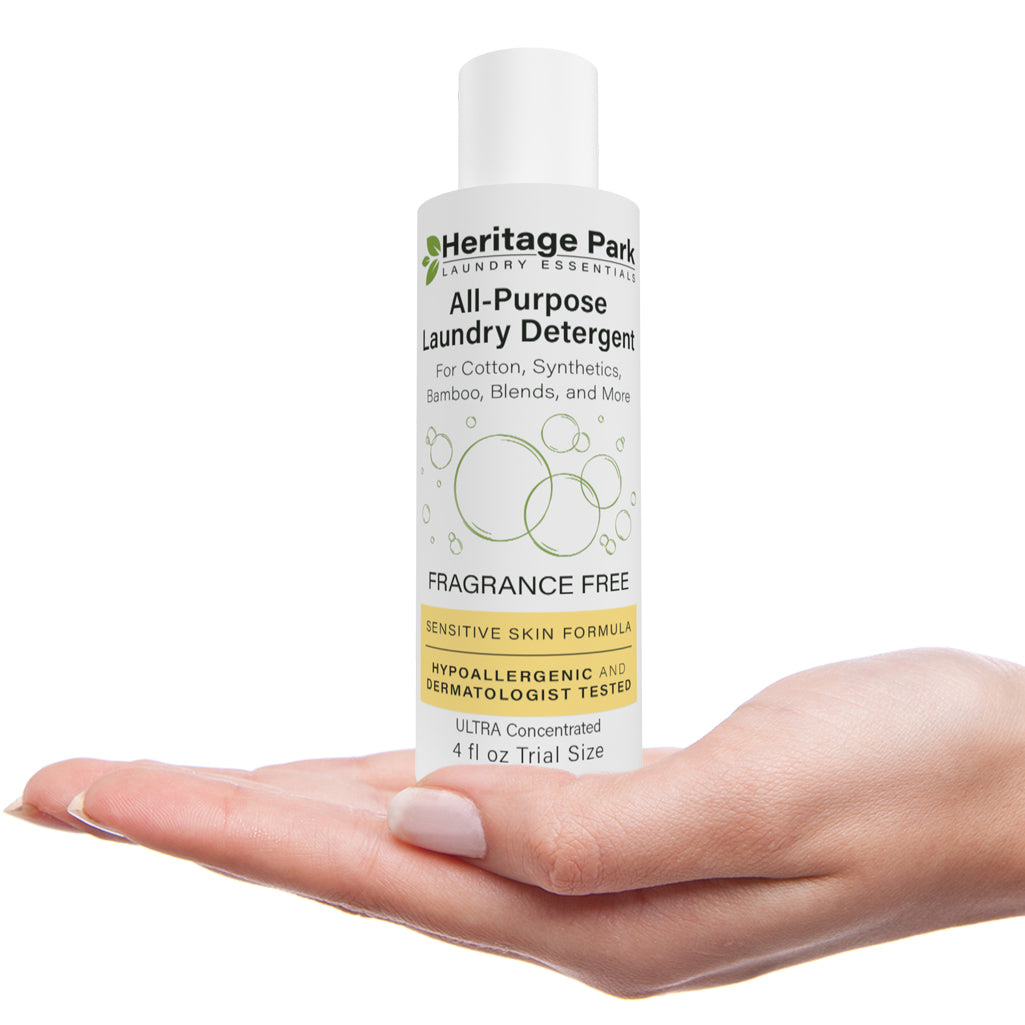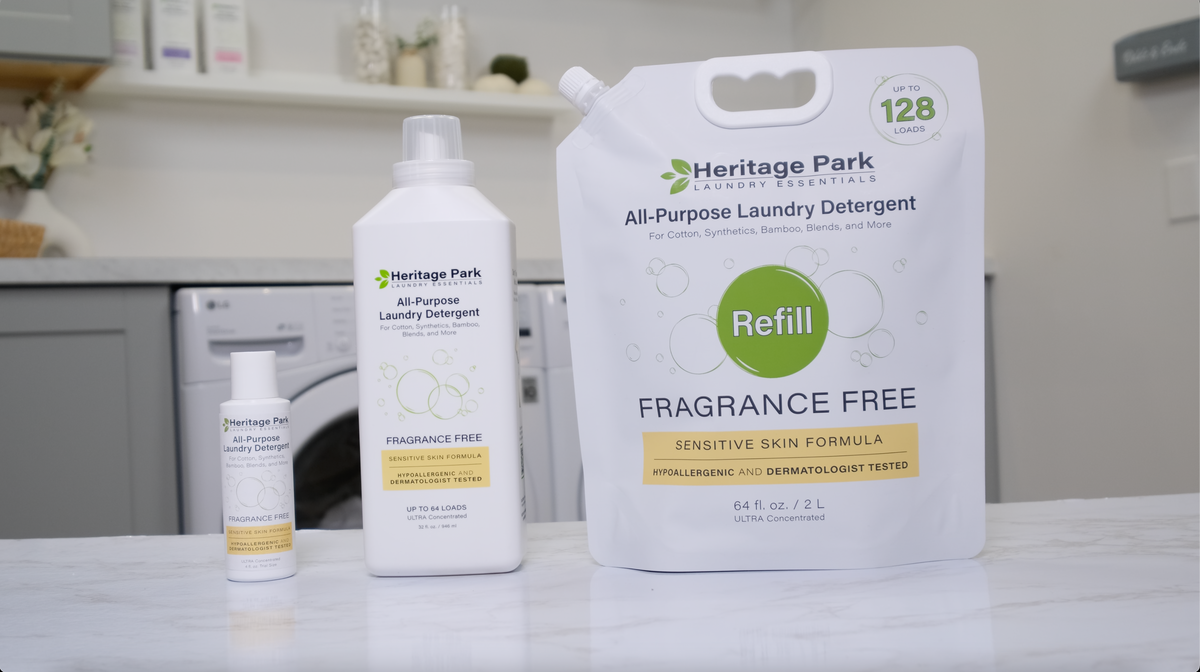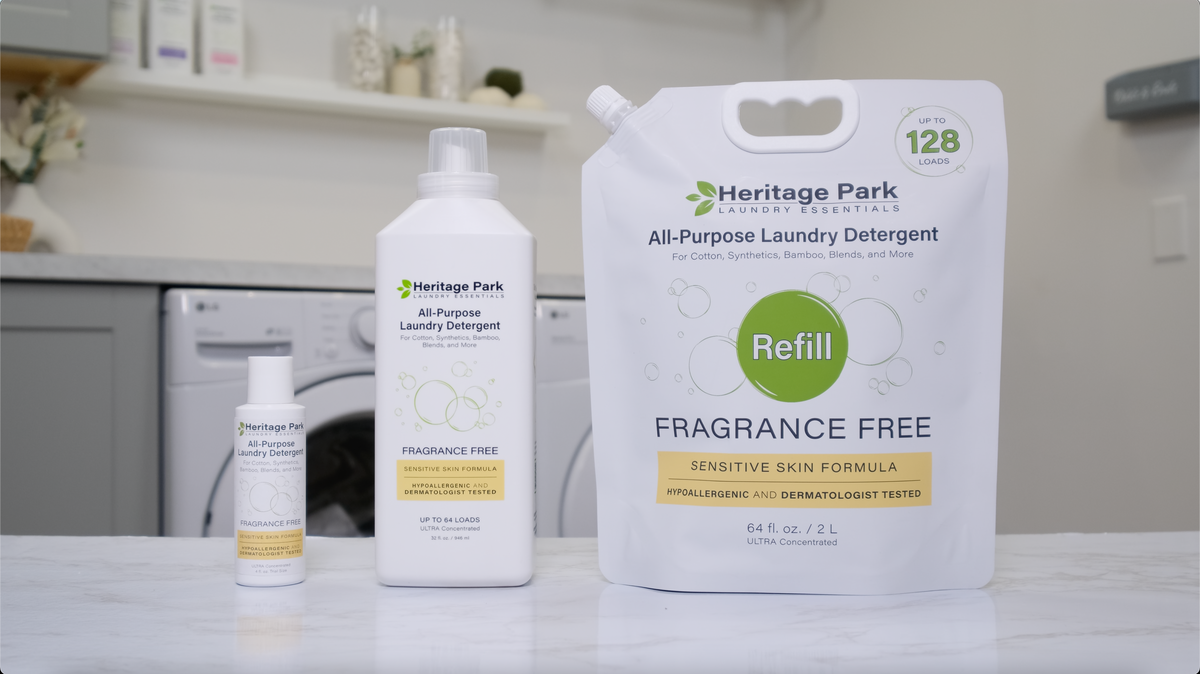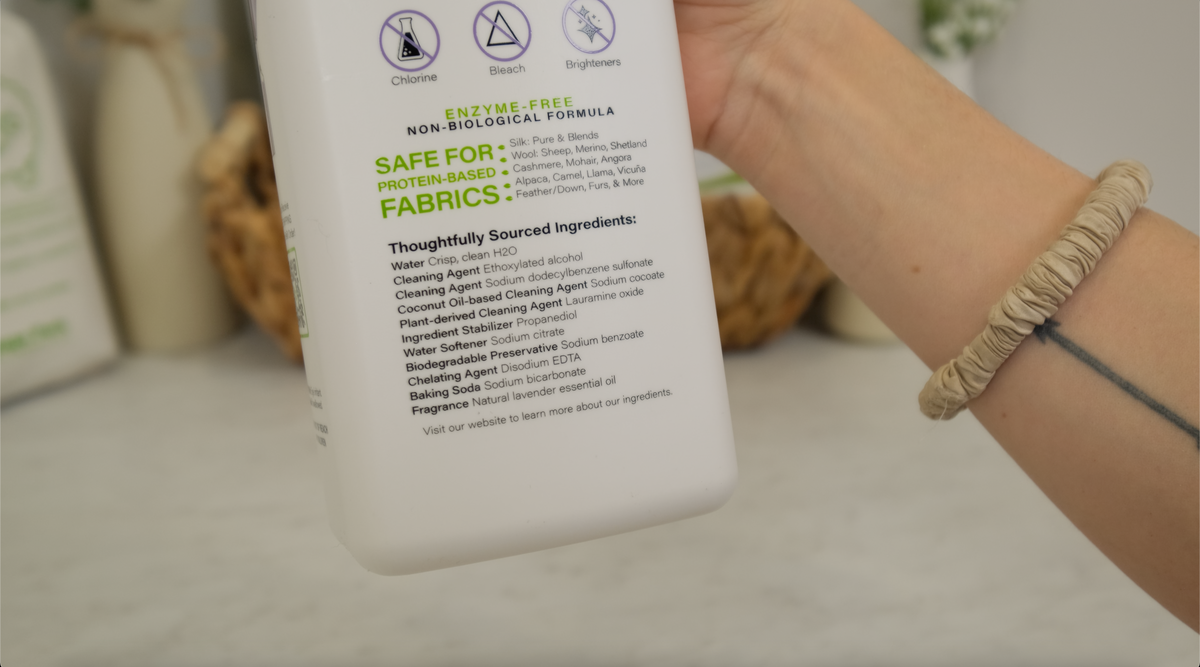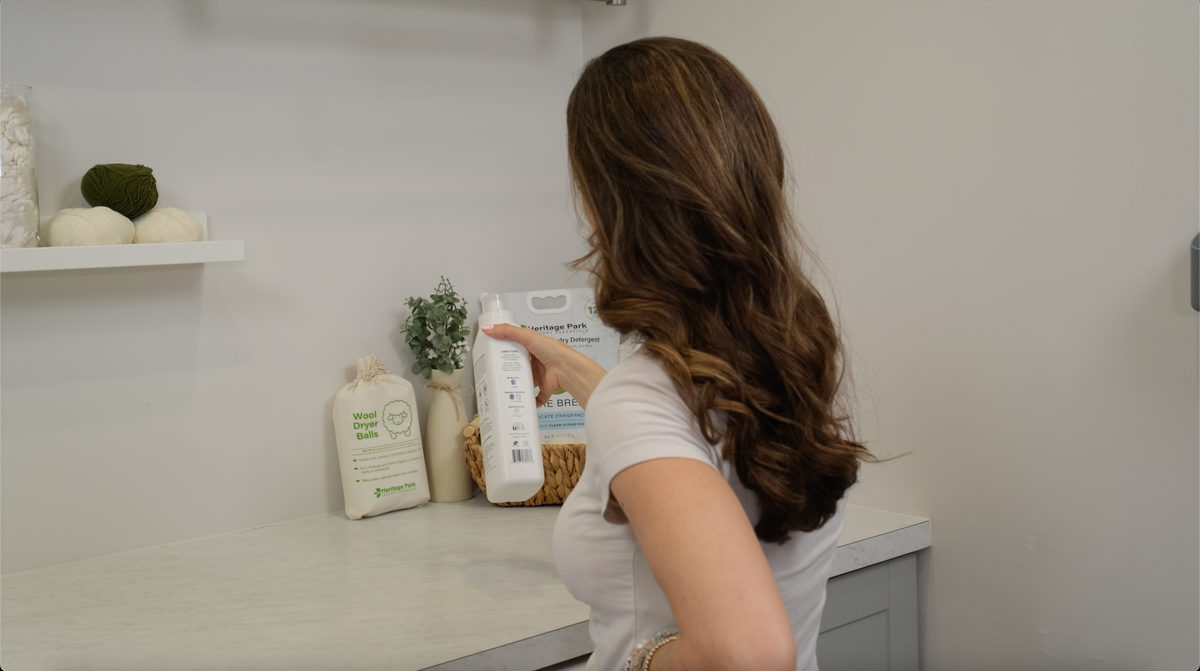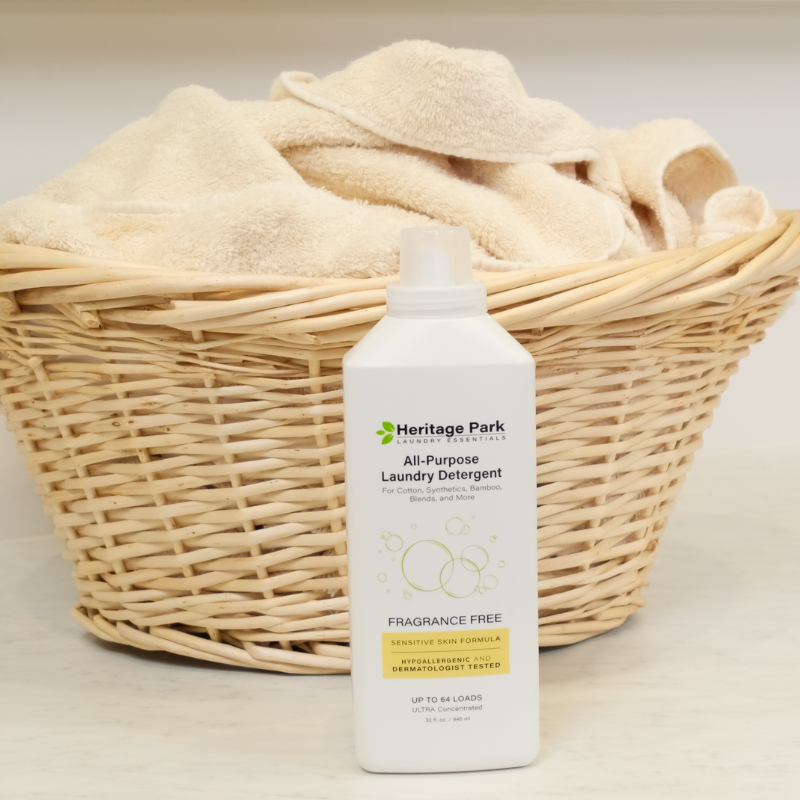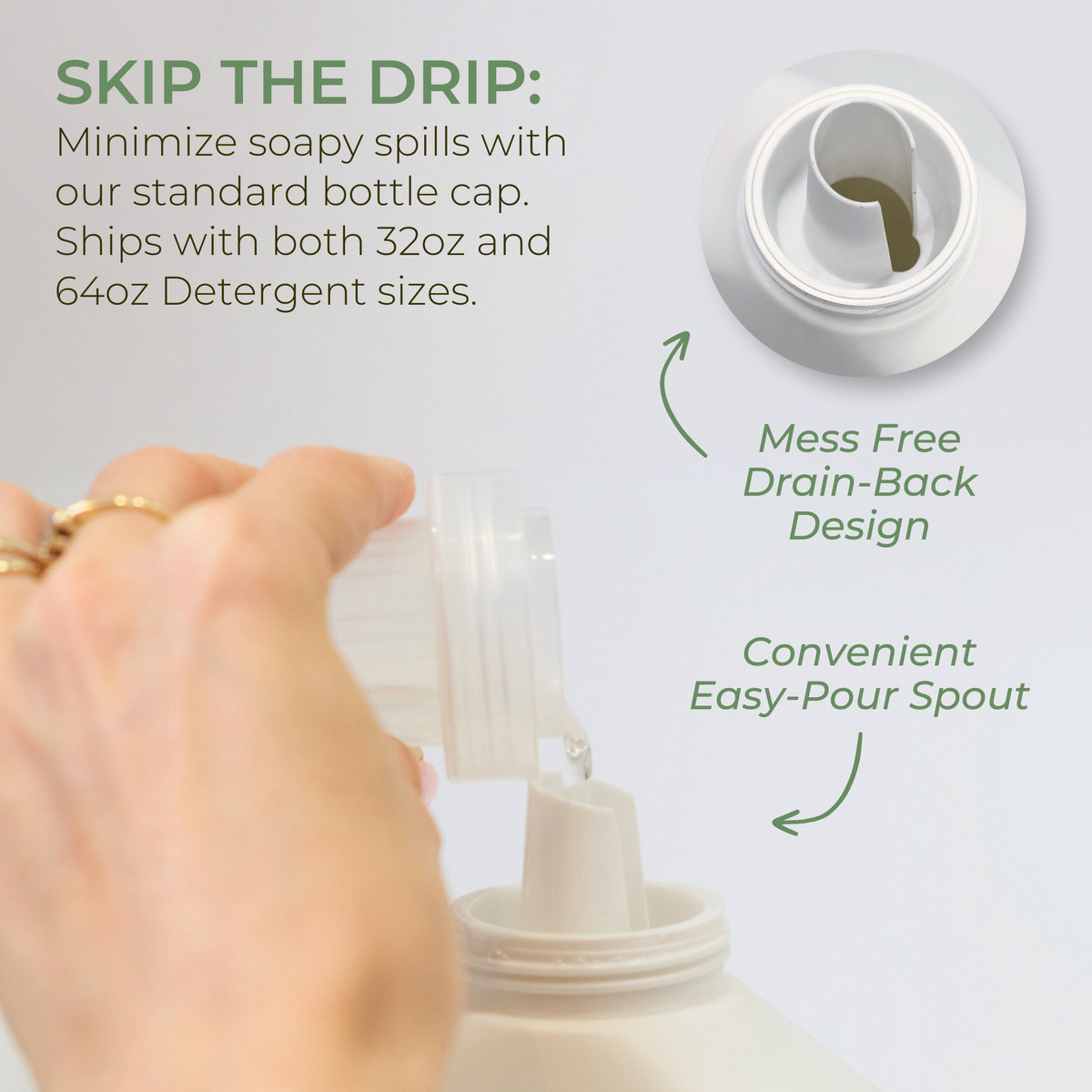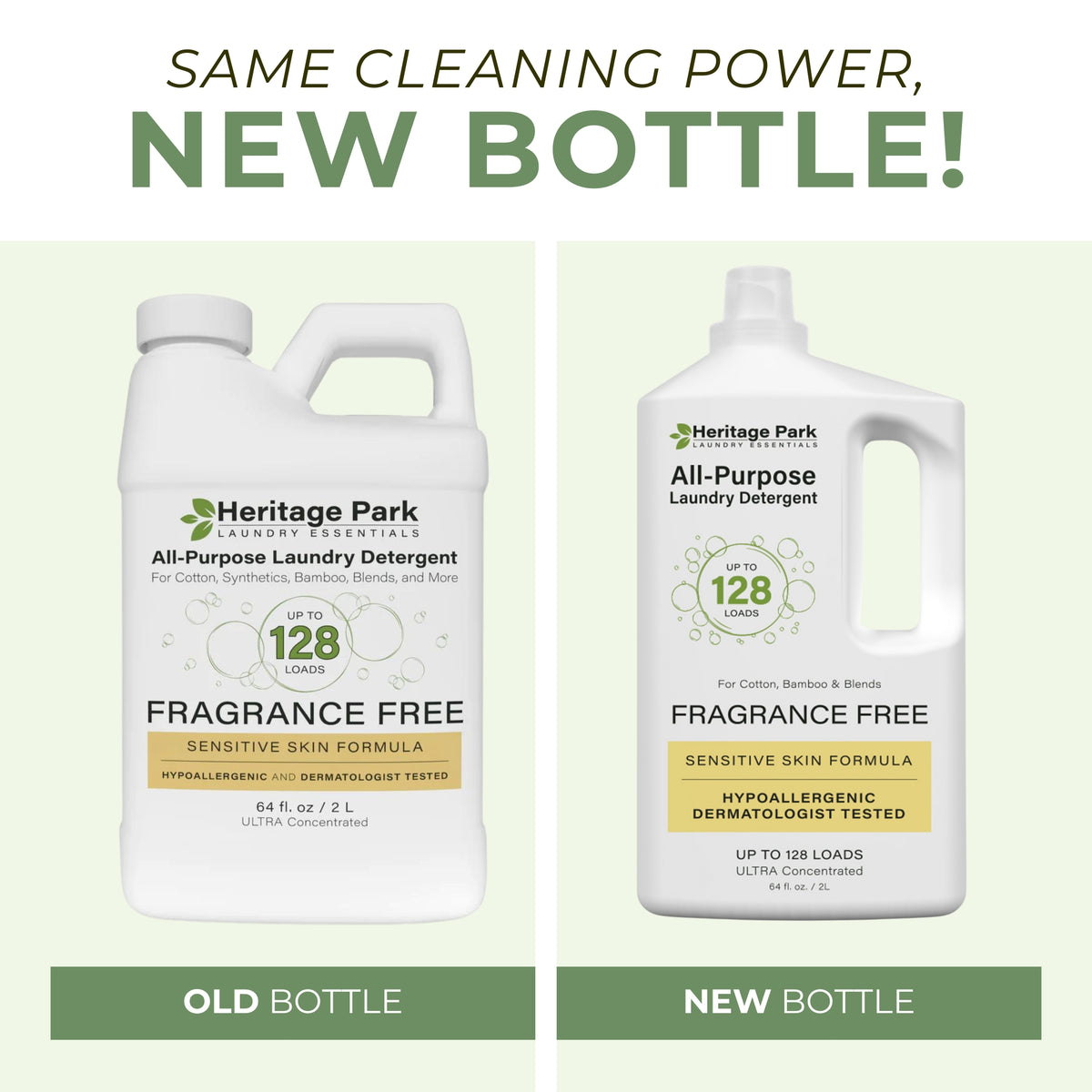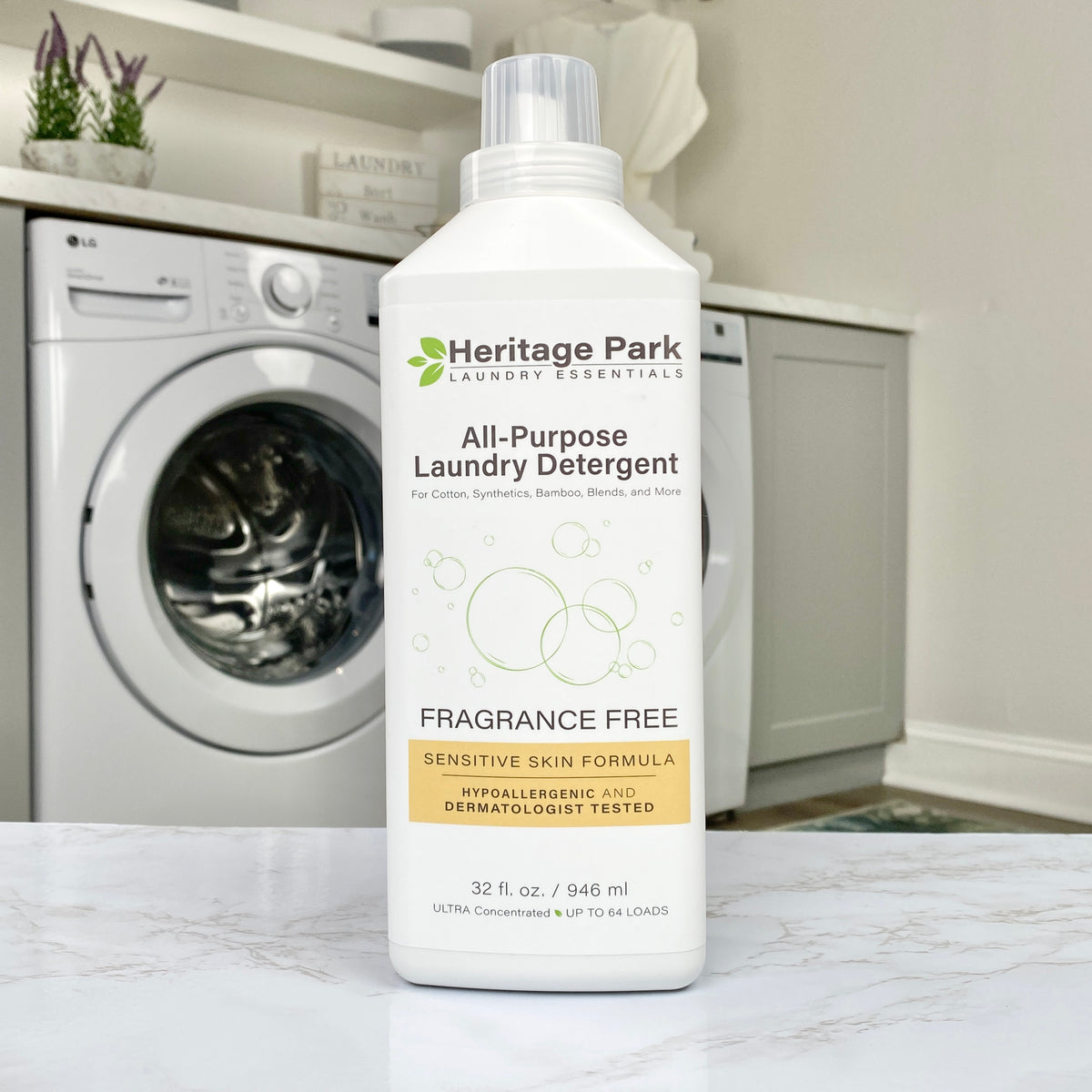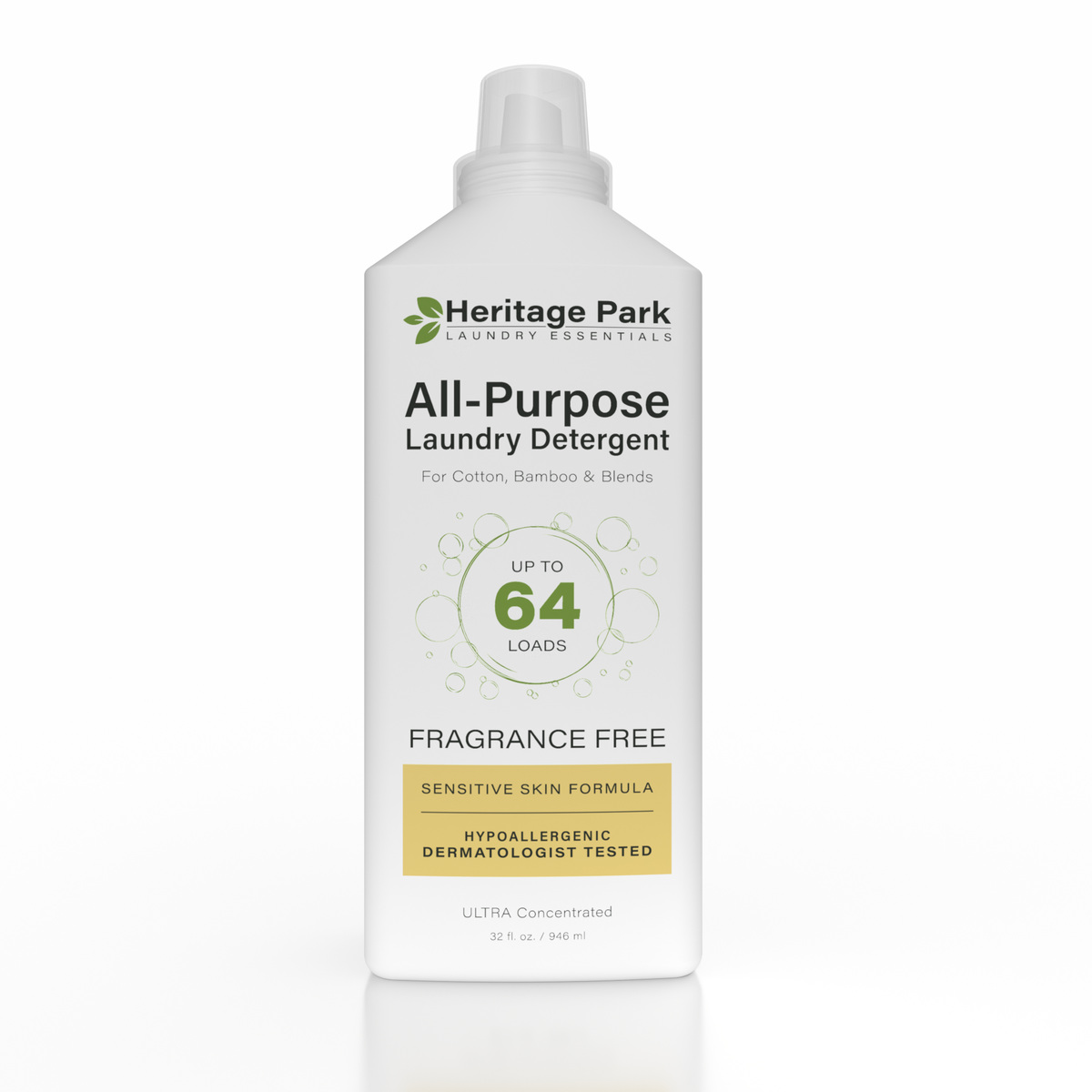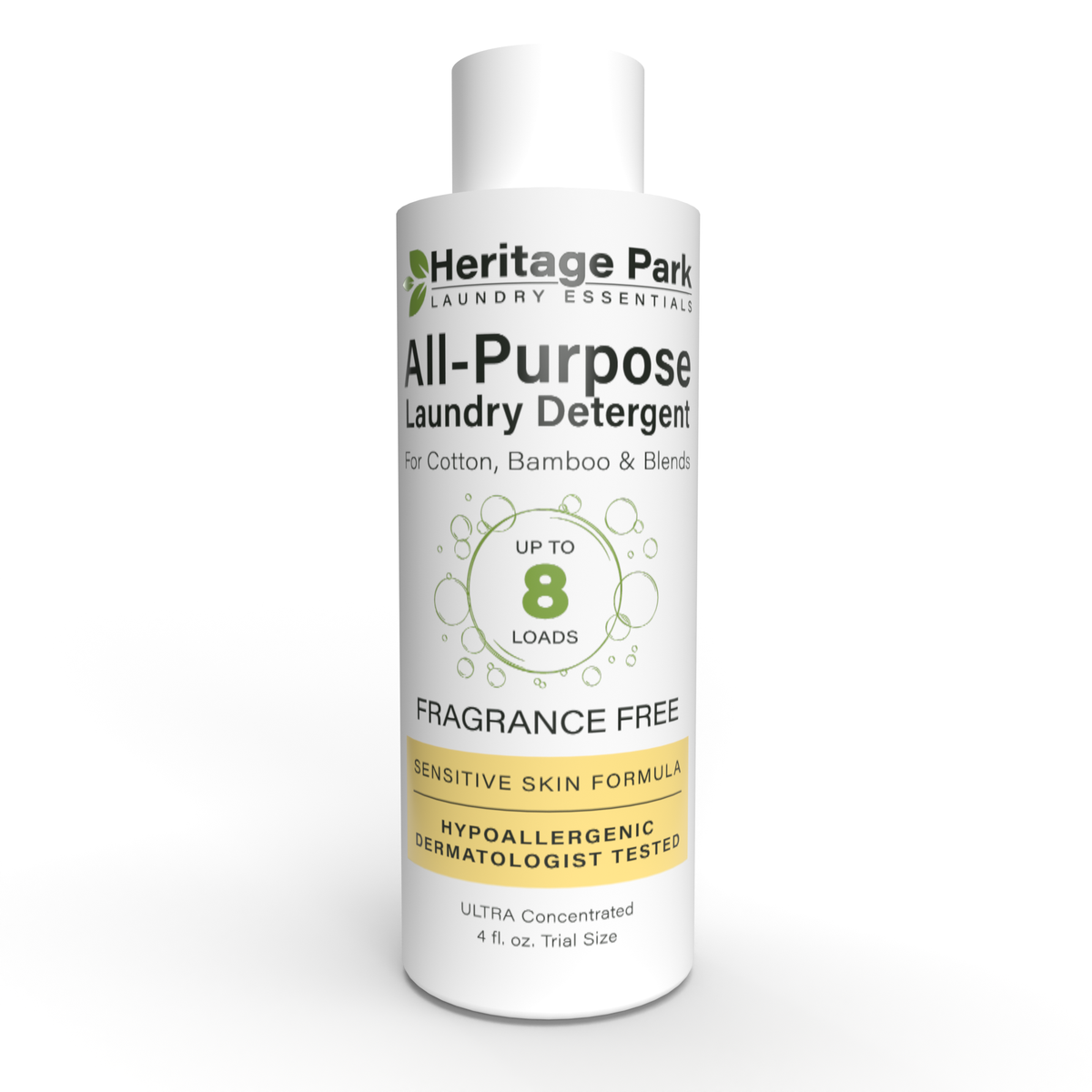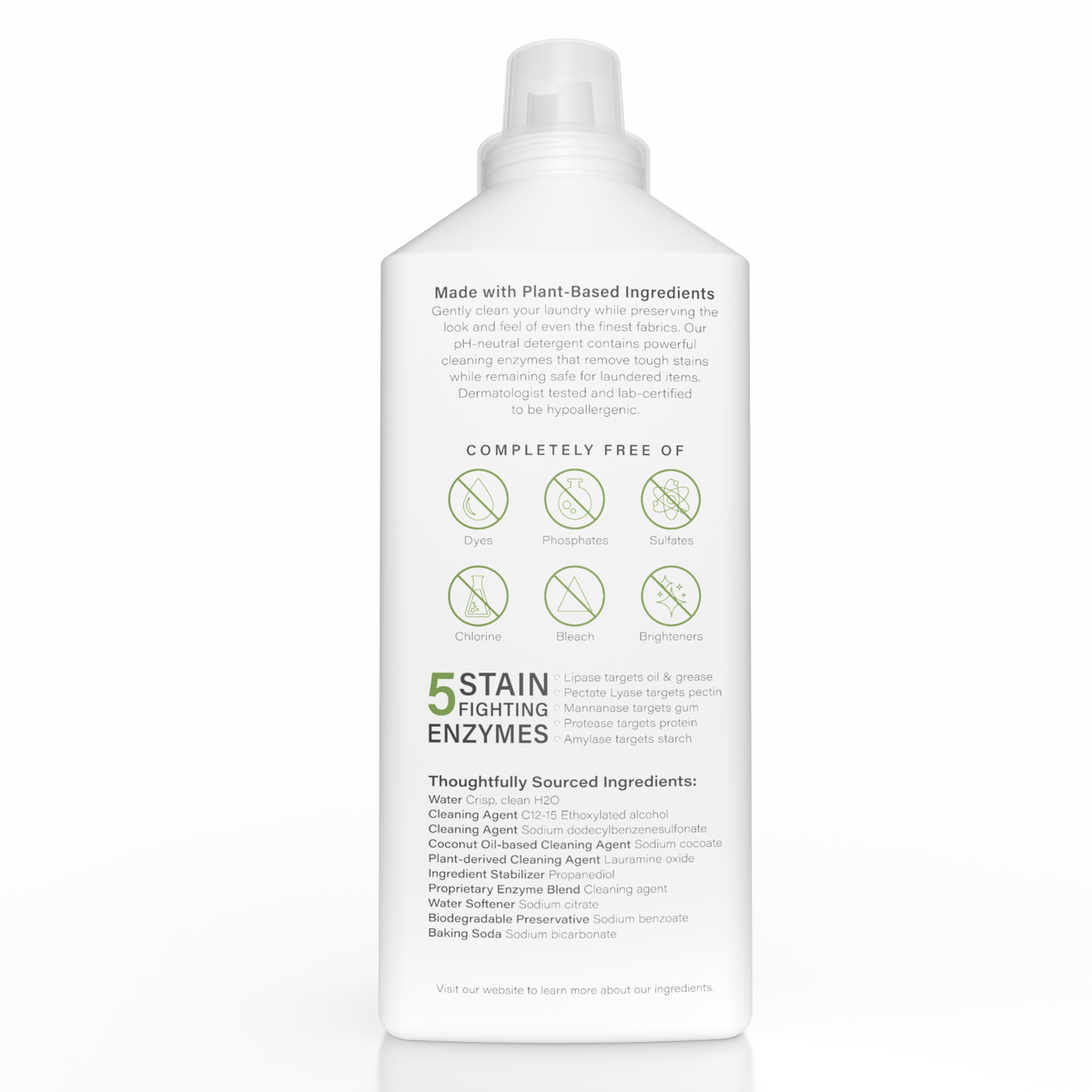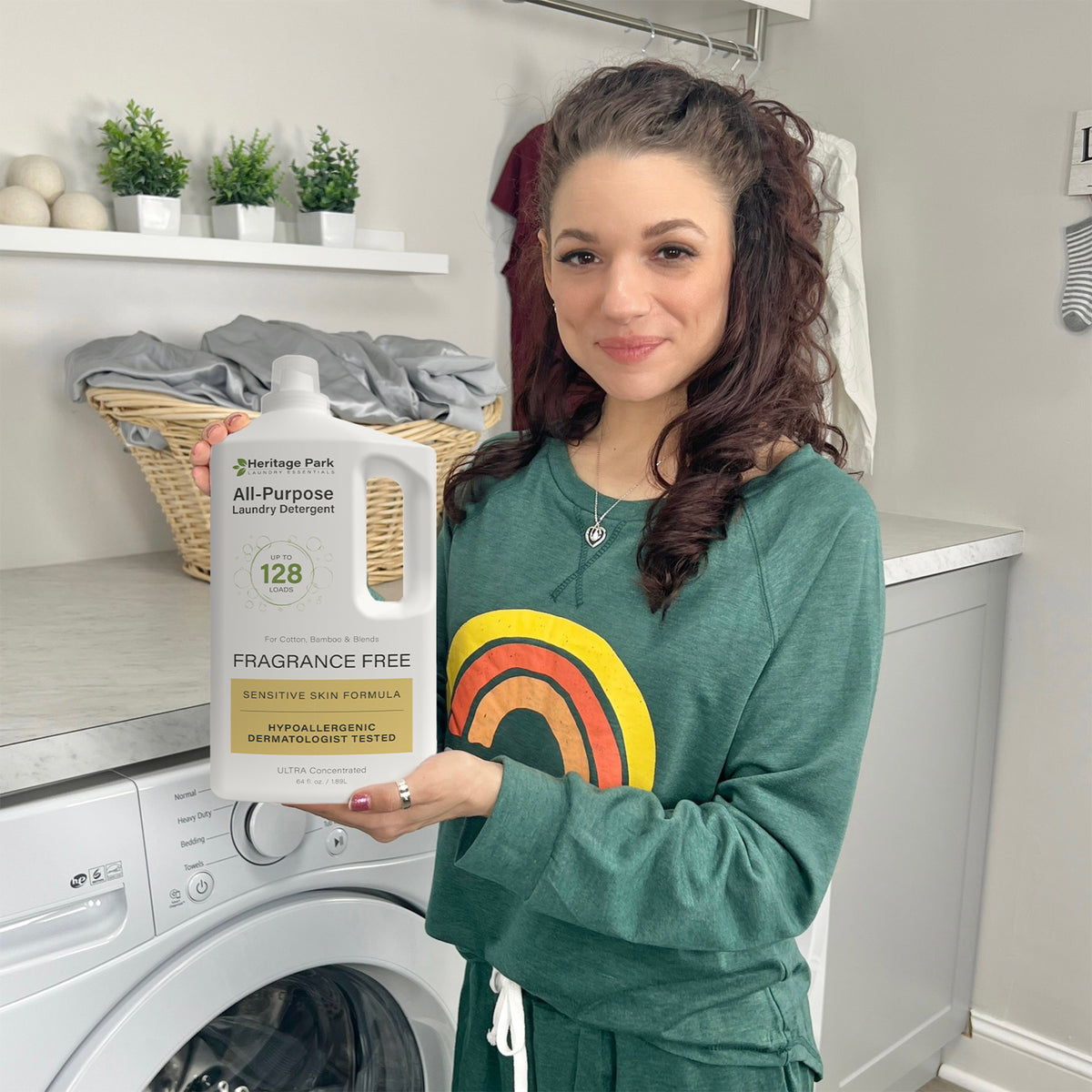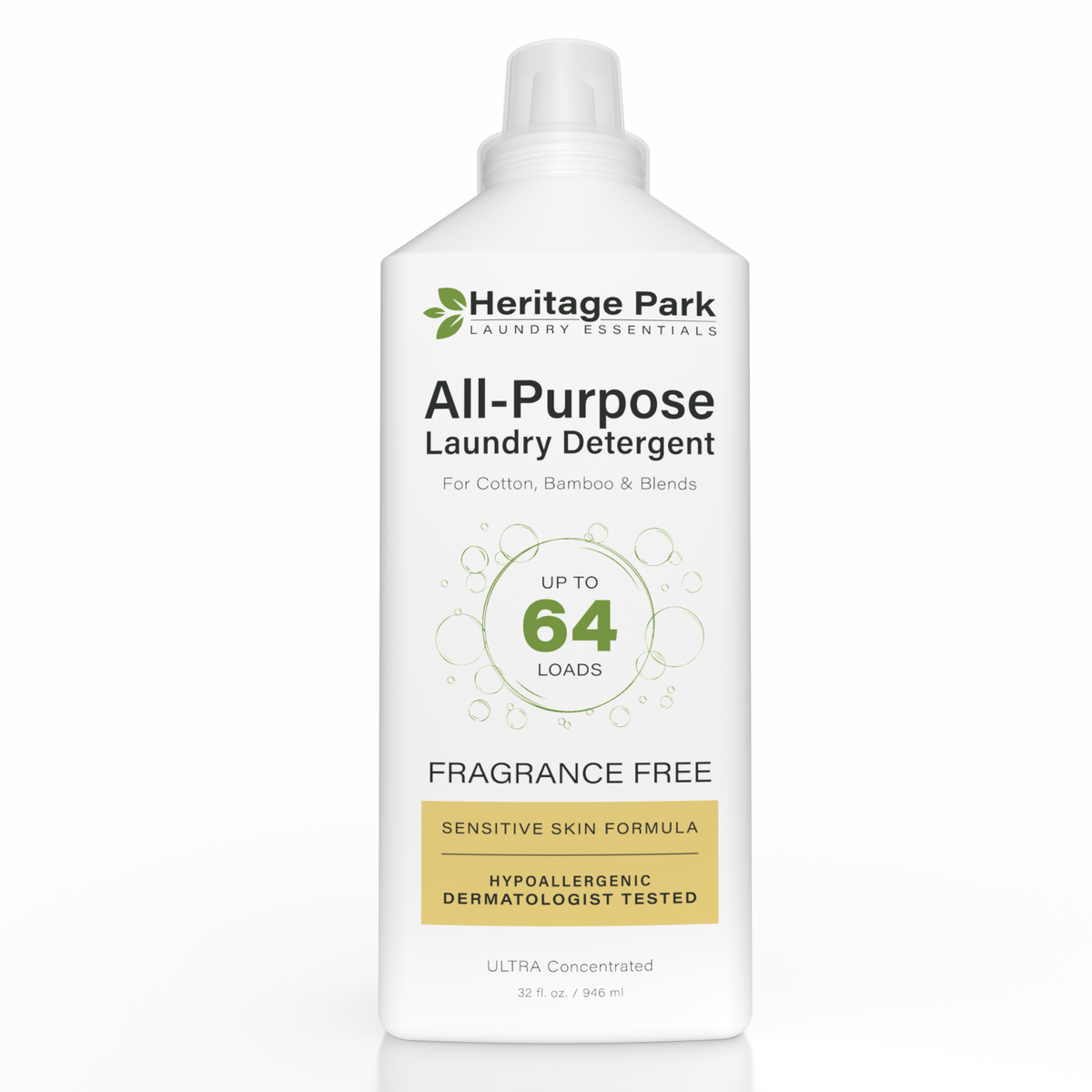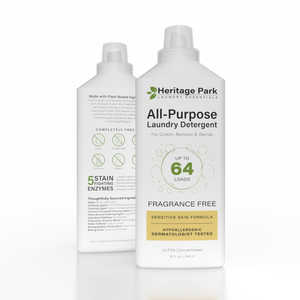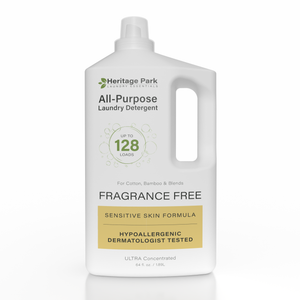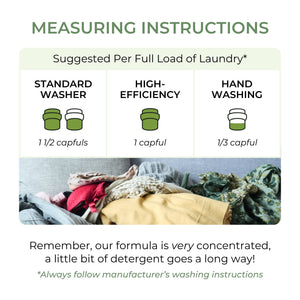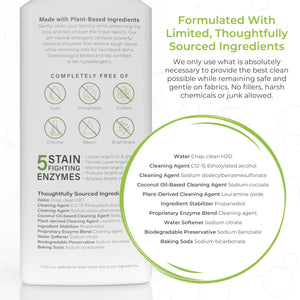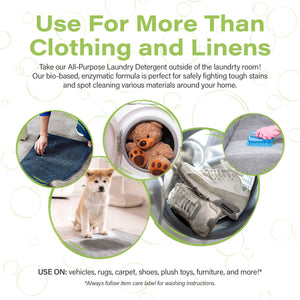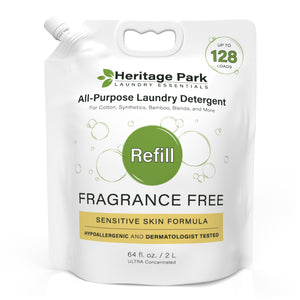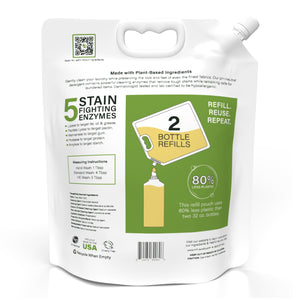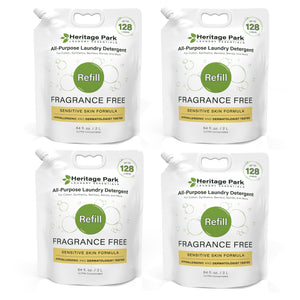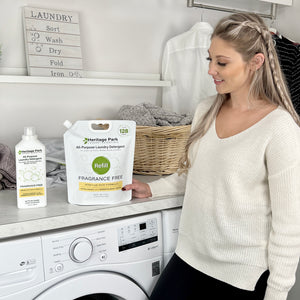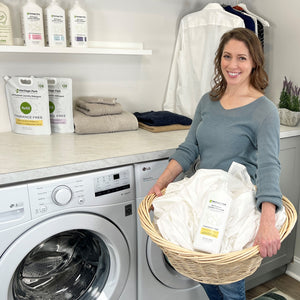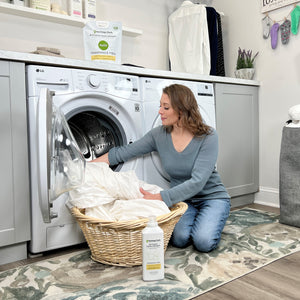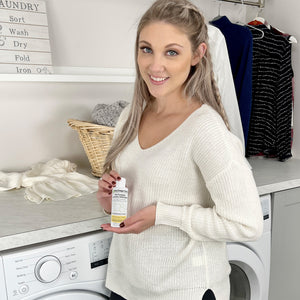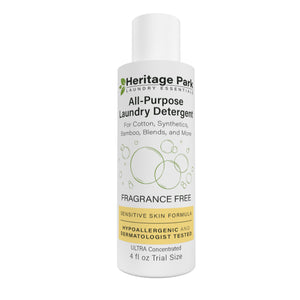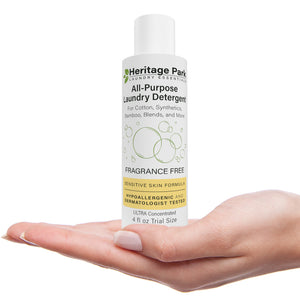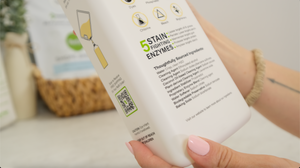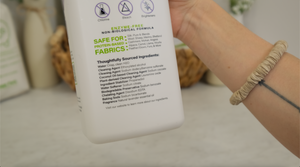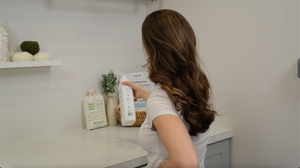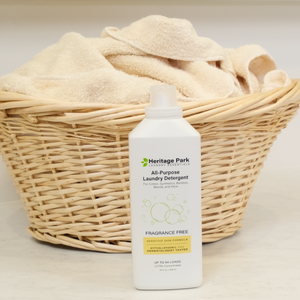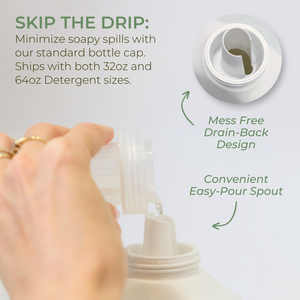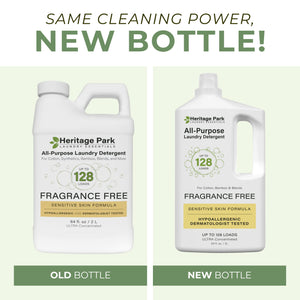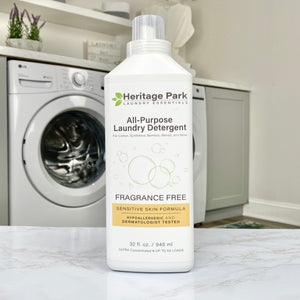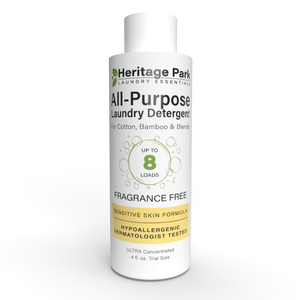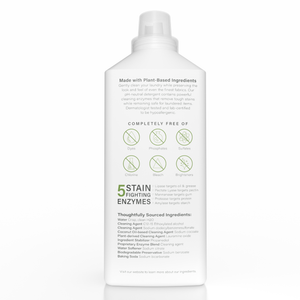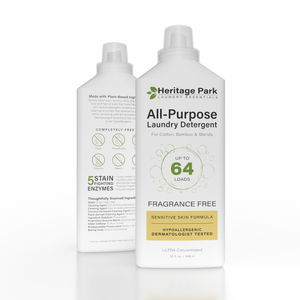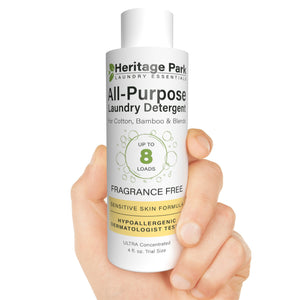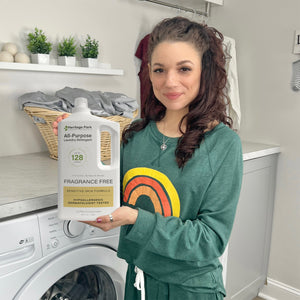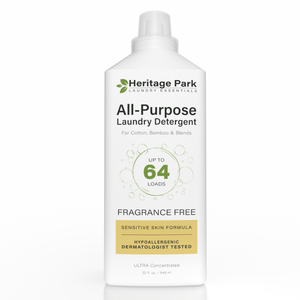Nobody likes waking up to discover blood on sheets or their pajama pants. The initial shock (ruling out a vampire attack, identifying and stopping the bleed) quickly gives way to the secondary panic of figuring out how you're going to get your sheets clean.
At Heritage Park Laundry Essentials, we've been there. And we're sharing the benefits of all our (messy) experience to show you how to tackle even tough blood stains with success. Follow a few simple steps for blood stain removal and you'll get your favorite sheets or pajamas clean and back on the bed in no time.
6 Steps for Removing Blood Stains from Sheets or Clothing (Cotton, Bamboo, Microfiber, or Silk)
- Act Fast: The key to removing blood from sheets is not to let the stain set into the fabric. The longer the stain sits, the harder it may be to get out. Familiarize yourself with the care guidelines for your sheets ahead of time so you know what your sheets can and can't be treated with. For example, a blood stain on silk sheets should only be treated with cold water or a small amount of enzyme-based detergent. Other fabrics may better tolerate commercial stain removers, oxygen bleach, or even common household remedies such as hydrogen peroxide.
- Soak in Cold Water: If you're wondering if this can wait, re-read #1 above. You want to break up a fresh blood stain before it sets in, so do this at the first possible opportunity in a sink, bucket, or even the bathtub, which can accommodate even the biggest sheets. First, scrape or wipe away any blood that has dried on the pillow or bed sheet. Next, use the coldest water you can tolerate (hot or warm water can cause the stain to congeal and "set") and a gentle rubbing motion to dissolve. Take care not to rub too hard, particularly if your sheets are made of a delicate fabric.
- Rinse from the "wrong" side of the fabric. If you can see which side of the fabric "got stained," hold the opposite side of the fabric under a stream of cold water. The force of the water will force the stain out of the fabric from back to front.
- Pre-soak or pre-treat with an enzyme detergent or enzyme-based stain remover. If you're unable to completely rinse out the stain, or if the blood has dried, an enzyme detergent or stain remover should be the next step. As we noted above, not all materials can tolerate enzyme-based cleaners, so follow your care guidelines and/or test on an unobtrusive area. (See below for more on enzymes in detergent).
- At minimum, blot the stain. If you are unable to rinse or soak, at minimum use a clean damp cloth or paper towel rinsed in cold or cool water and blot the stained area, ideally from the reverse side of the fabric, and keep it damp. This will prevent a dry blood stain from forming, and so make it easier to clean later on.
- Wash with an enzyme-based laundry detergentsuch as Heritage Park Luxury All-Purpose Detergent. (Read below for special guidance regarding enzymes and silk sheets).

Why Enzyme-based Detergents Work Well on Blood Stains
Enzymes play a special role in breaking down and removing stains, similar to the way saliva enzymes aid in the digestion of food. Most enzyme-based detergents contain multiple enzymes, each of which targets a category of stain. Blood is a protein-based stain, a category that also includes gravy, dairy products, eggs, baby formula, body fluids, and even grass and mud. The specific enzyme that targets blood and other protein stains is known as protease, which is found in Heritage Park Luxury All-Purpose Detergent. Our enzyme-based formula can be used for regular washing of sheets, but also as a targeted stain remover or pre-soak for a variety of stains, including blood.
A quick word of caution is in order, however, when it comes to silk sheets. Silk is itself a protein-based fiber and should NOT be regularly washed in an enzyme-based detergent, as it can degrade the silk over time. (This is why we recommend using our enzyme-free detergent for protein-based fibers such as silk, wool, and cashmere). However, an enzyme-based detergent may be used very occasionally to wash or pre-treat silk sheets if the blood stain is difficult to remove. Occasional use should not damage silk sheets.
Household Remedies and Bleach
For a tough or dried blood stain on cotton or bamboo sheets (NOT silk), you can treat the stain using a spray bottle with a solution of hydrogen peroxide and water, white vinegar and water, or even lemon juice and water. Test on an inconspicuous area of the fabric first, as these preparations can cause color to fade from darker sheets. Spray the stain until damp through, blot the stain with a clean cloth, and wash as directed. You can also try using a paste of baking soda and water, letting it dry, scraping it off, and then laundering.
Oxygen and Chlorine Bleach for Blood Stains
Powdered oxygen bleach is color safe, and can be used either in the washing machine or as a pre-soak or paste. This is another good option for removing stubborn blood stains from cotton, bamboo, or microfiber sheets (NOT silk). When oxygen bleach is mixed with water, the oxygen molecules separate and help lift stains out of fabric. Finally, if your sheets are safe to be washed with chlorine bleach (usually only pure white sheets without colored trim, so read the care label), you can bleach them as a last resort to remove a blood stain.
NEVER use chlorine bleach OR oxygen bleach on silk sheets, even on the most stubborn stain. It can discolor and permanently damage the fiber. Learn more about how to care for silk bedding here.
Heritage Park Laundry Essentials
At Heritage Park, caring for fine fabric is our passion. As lifelong collectors of luxury sheets, towels, and cloths, we found many commercially available "gentle detergents" either damaged our fabrics or didn't get the job done, leaving stains. We knew we could do better. So we developed a mild detergent formula with the perfect balance of powerful -- yet safe -- ingredients designed to remove tough, set-in stains while remaining gentle on luxury linens. Please connect with us at (800) 977-1841 or visit our store or email us with any product feedback or cleaning questions. Also, check out our blog for general stain removal tips as well as detailed guidance on removing different types of stains


